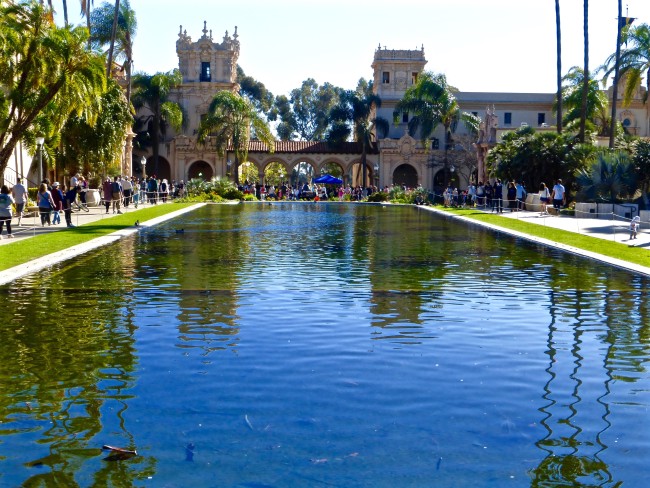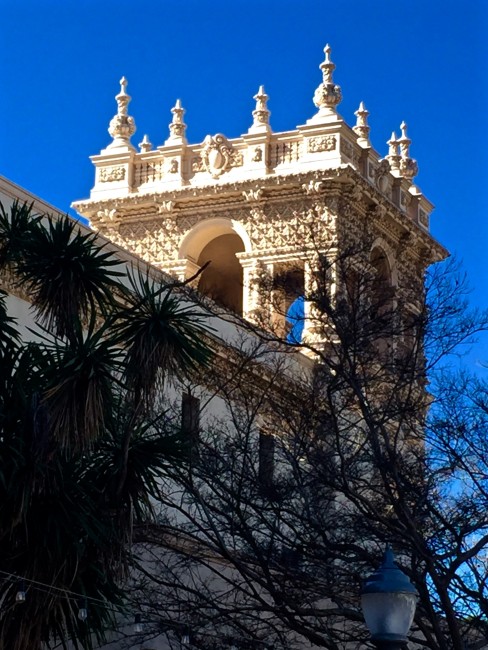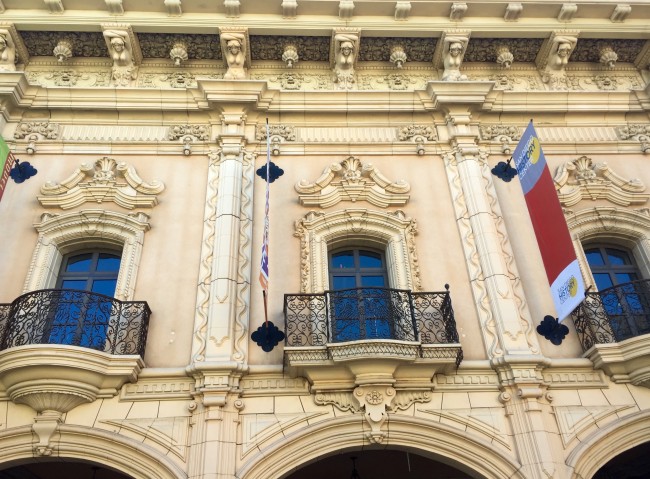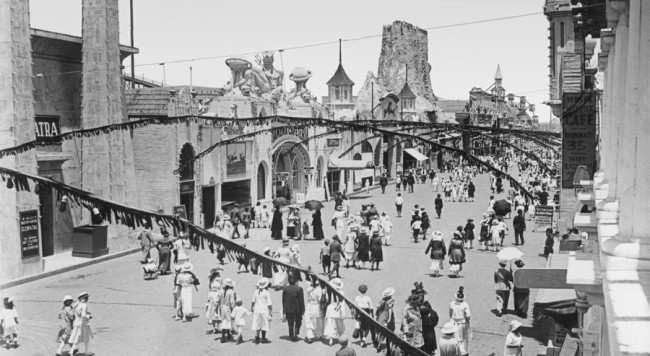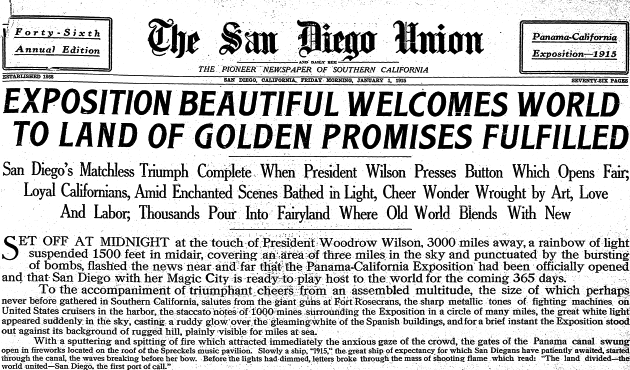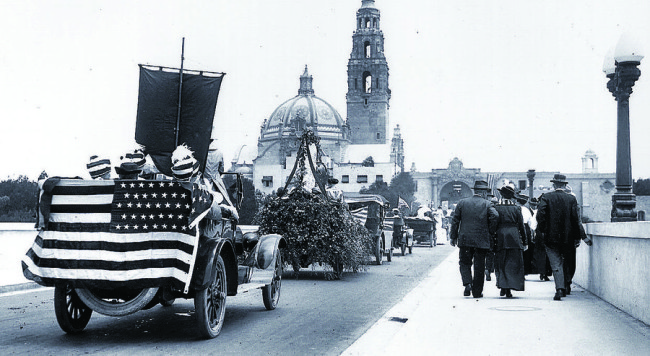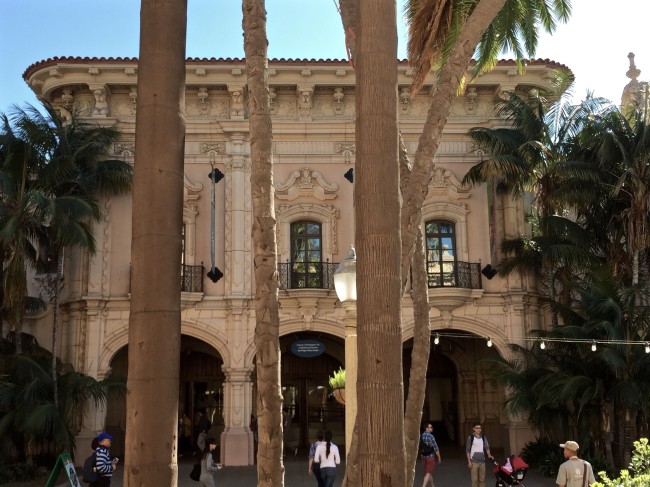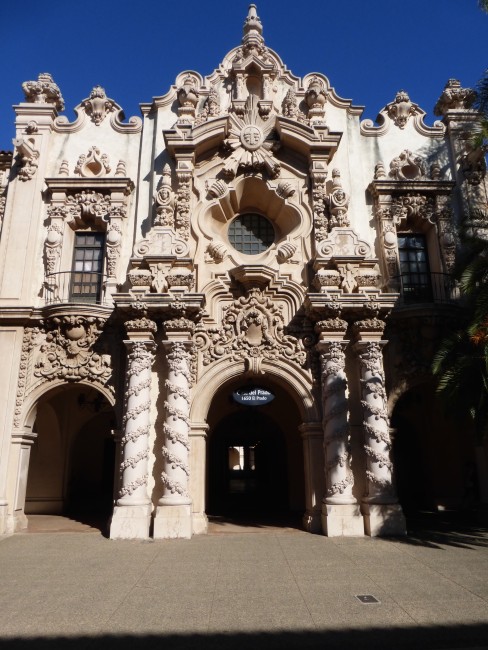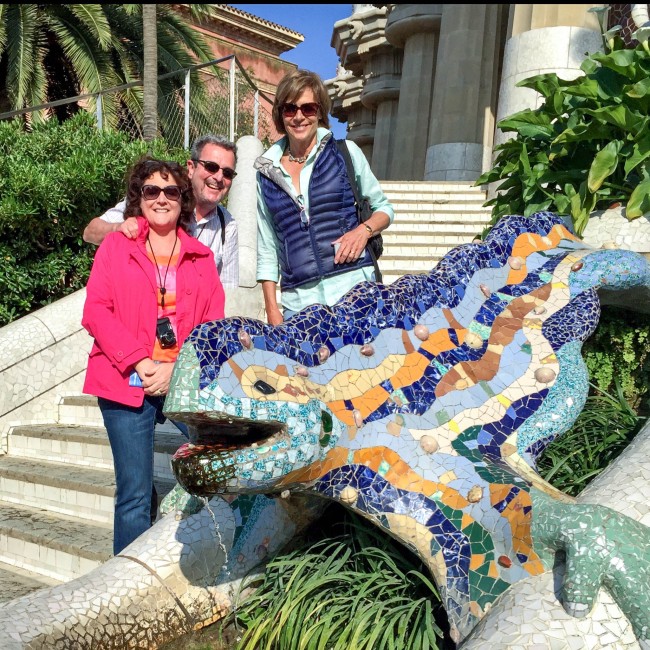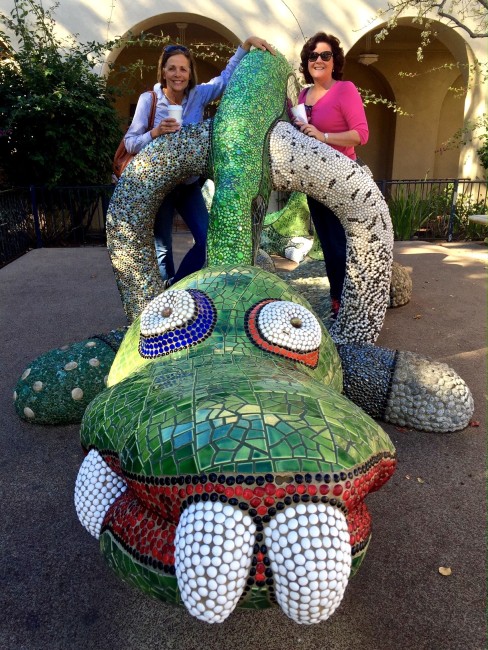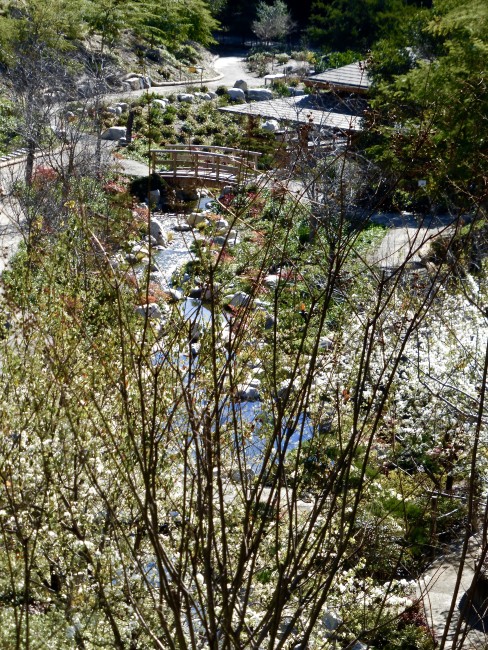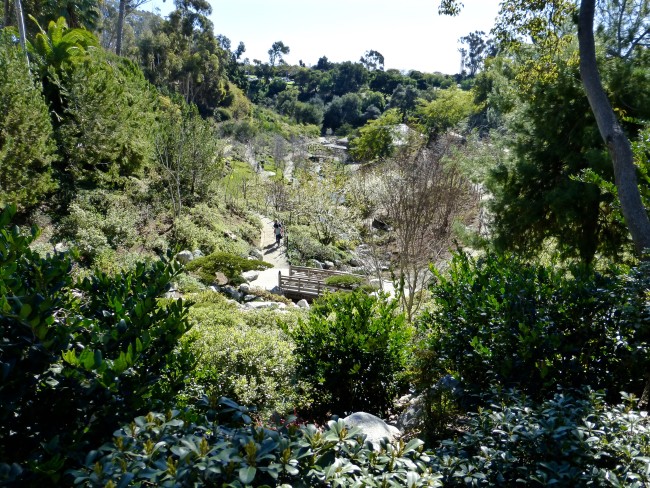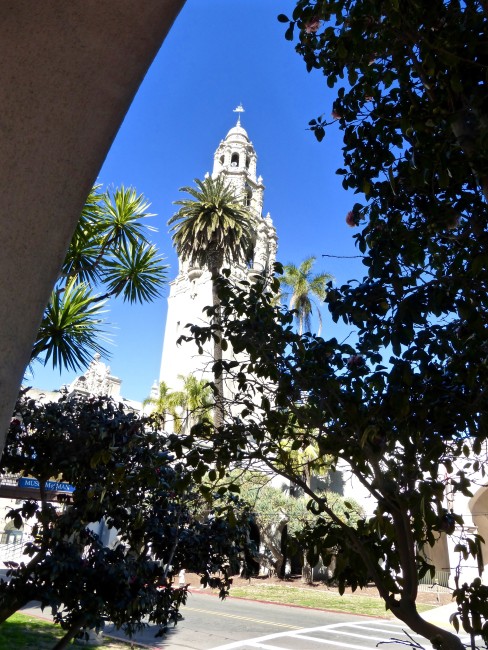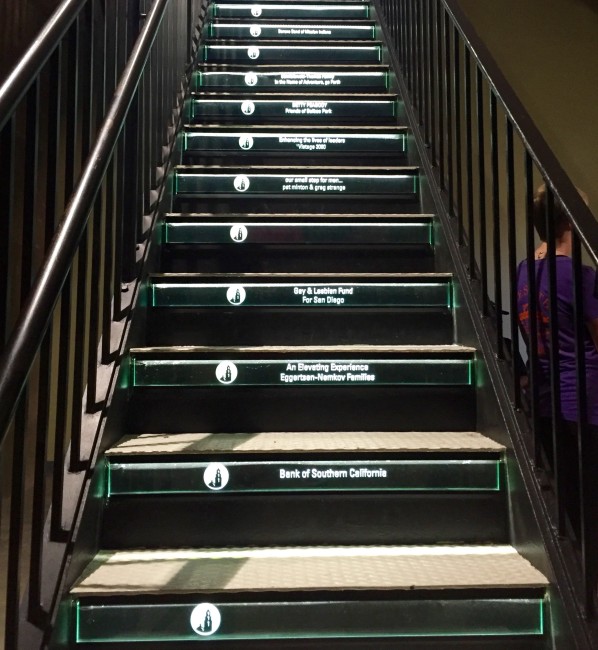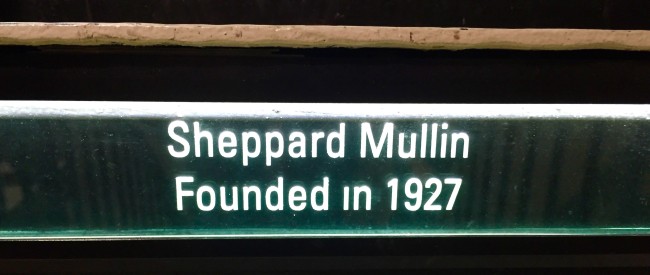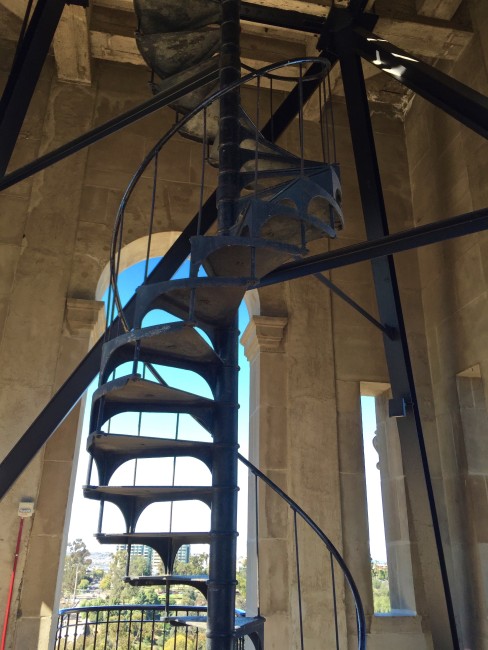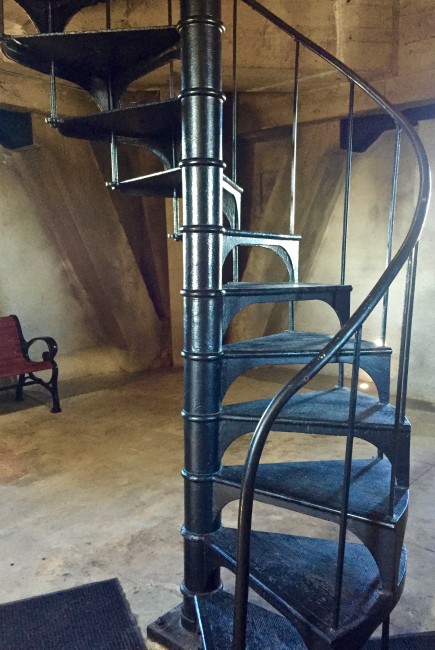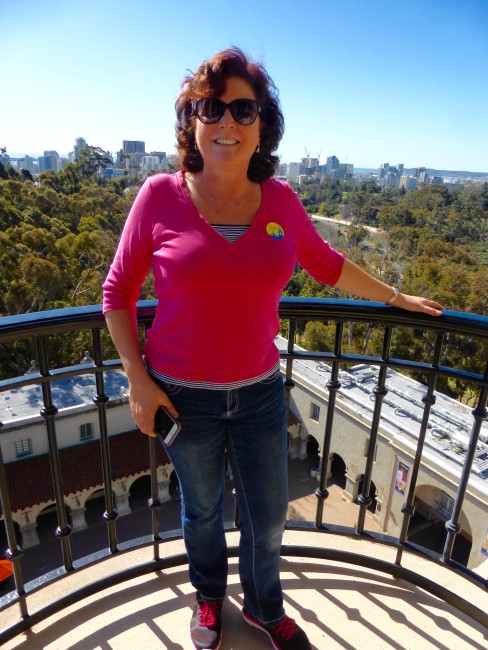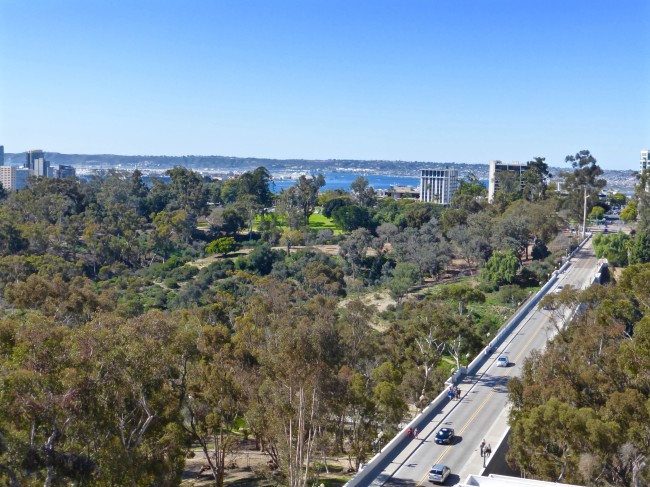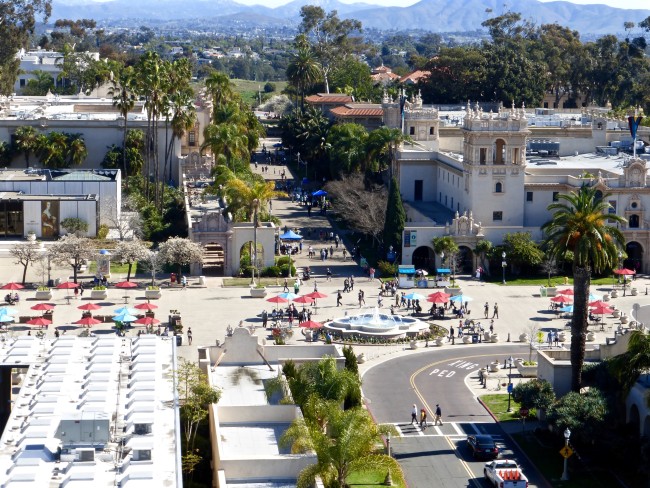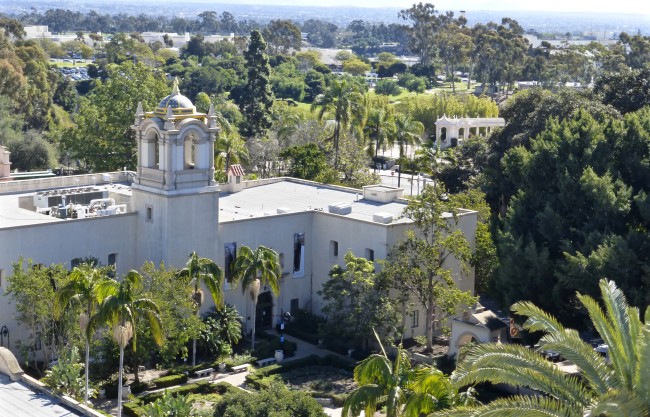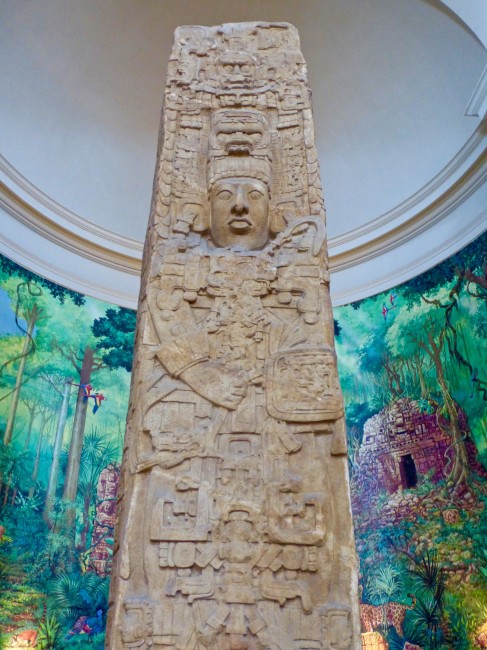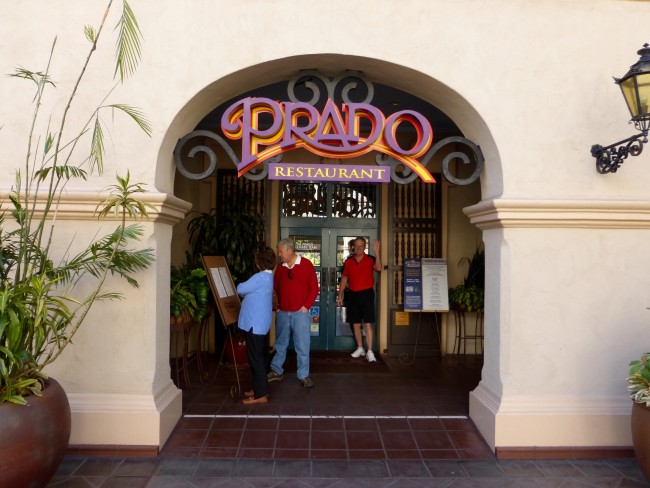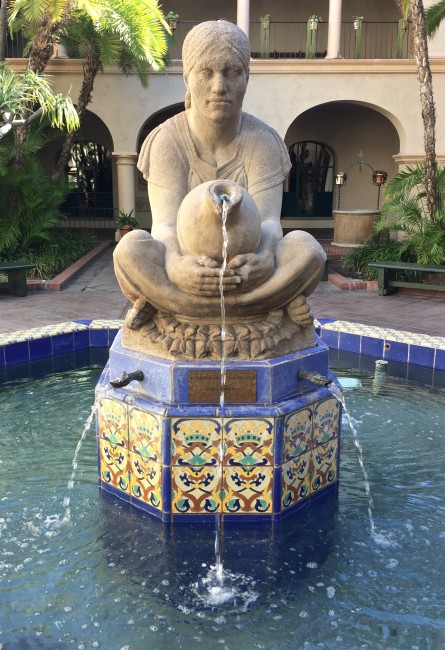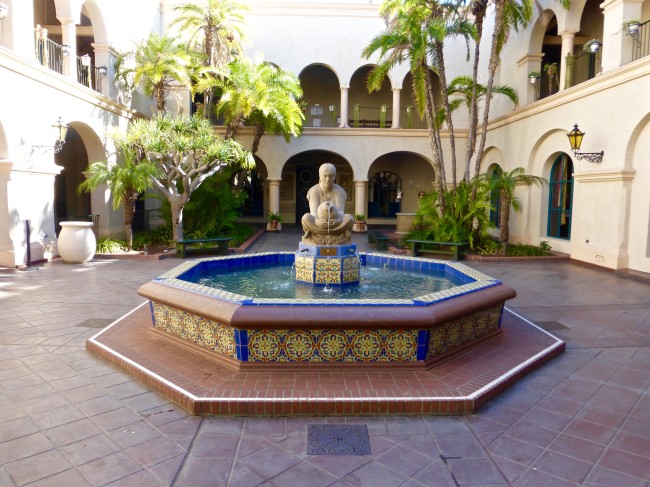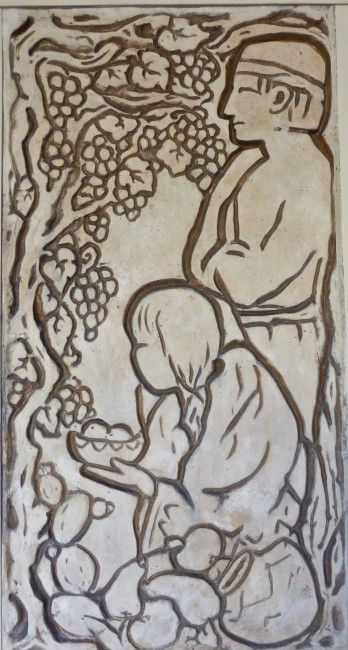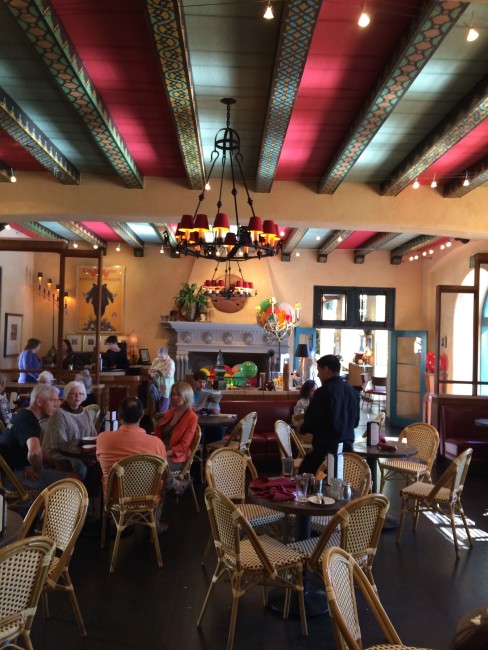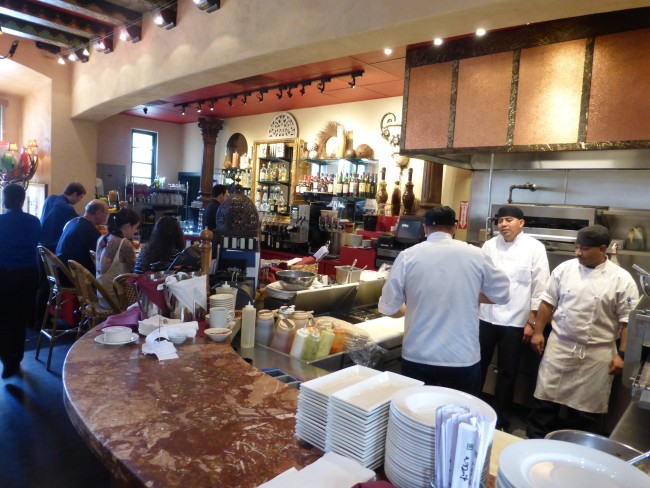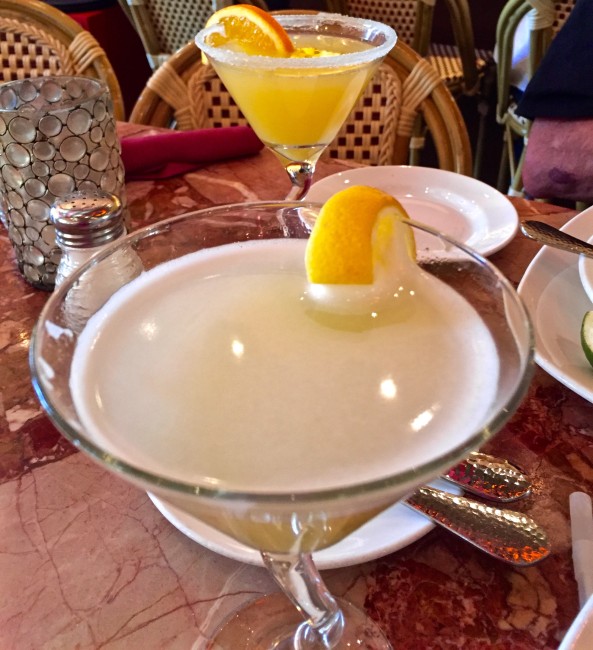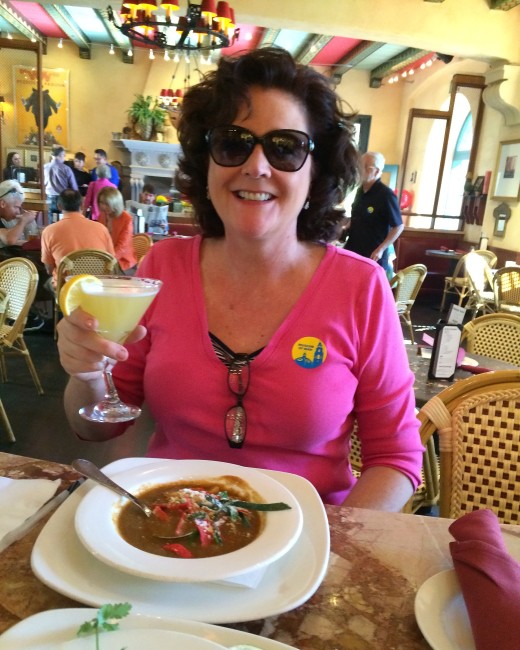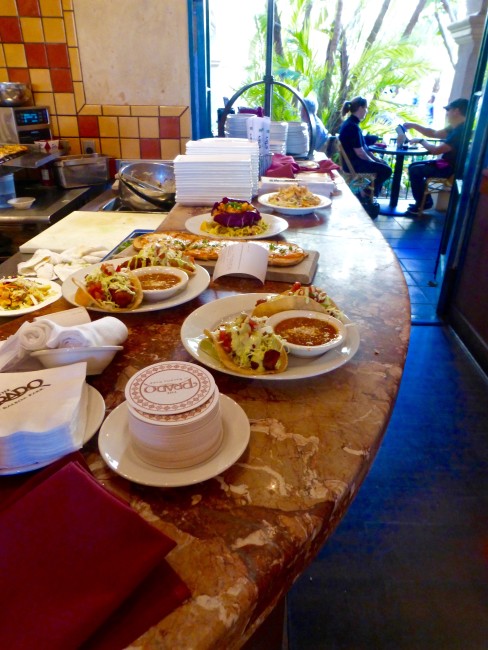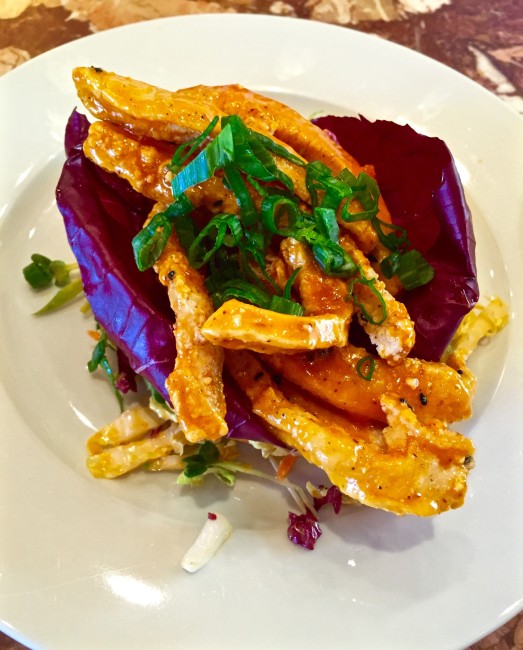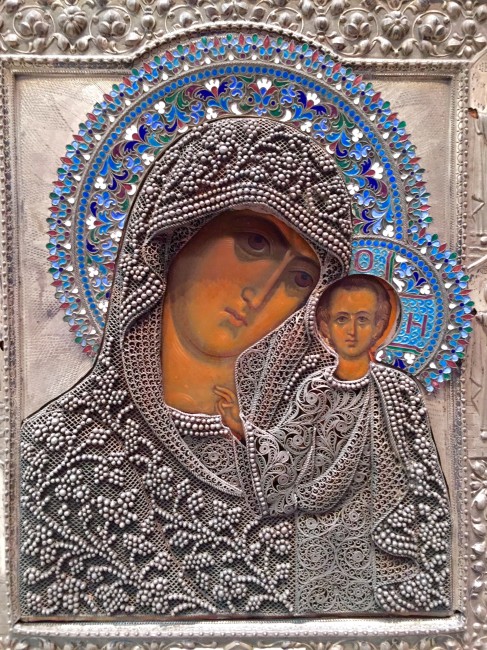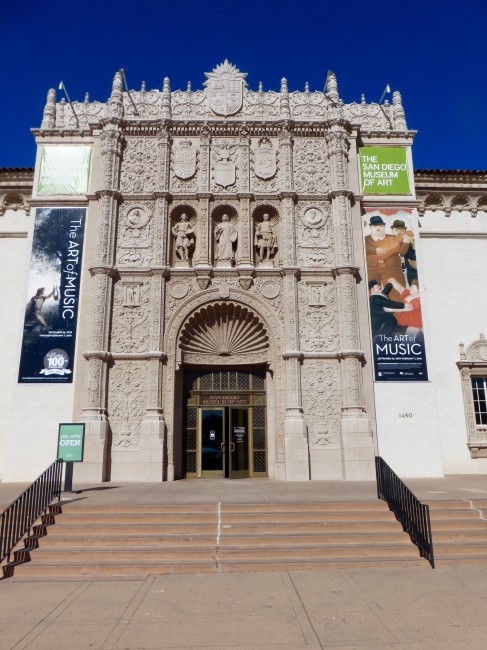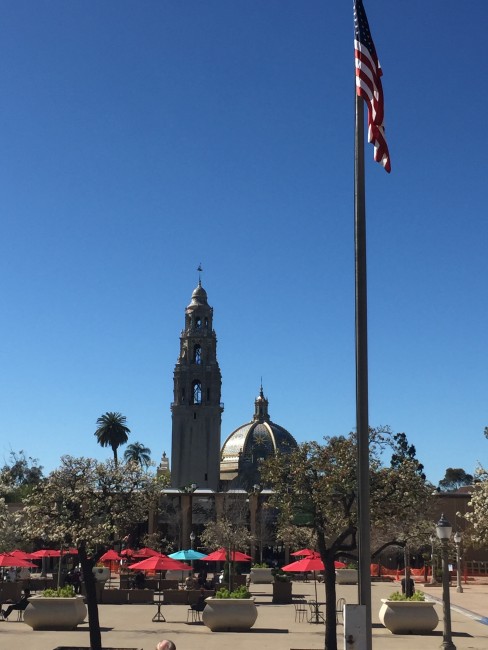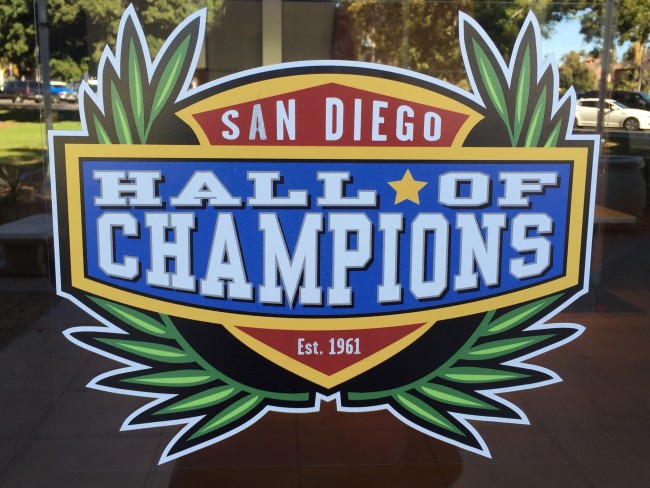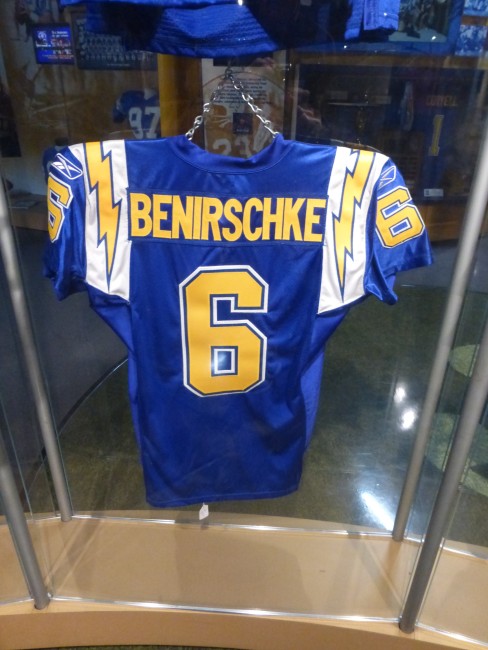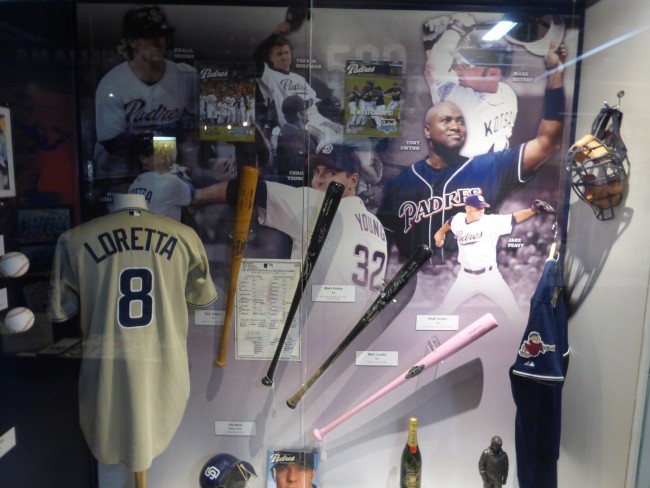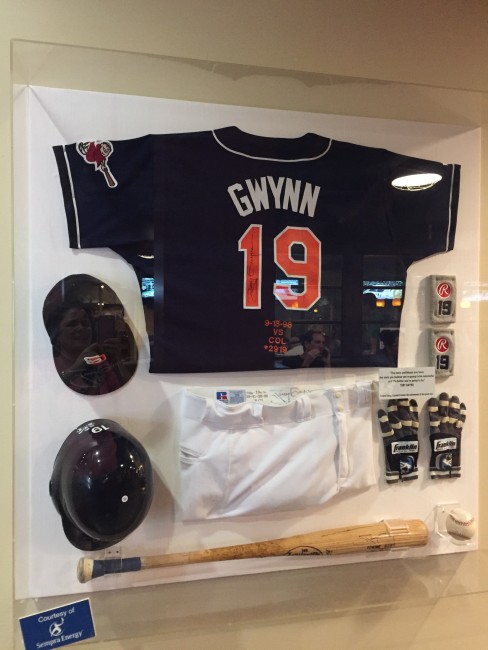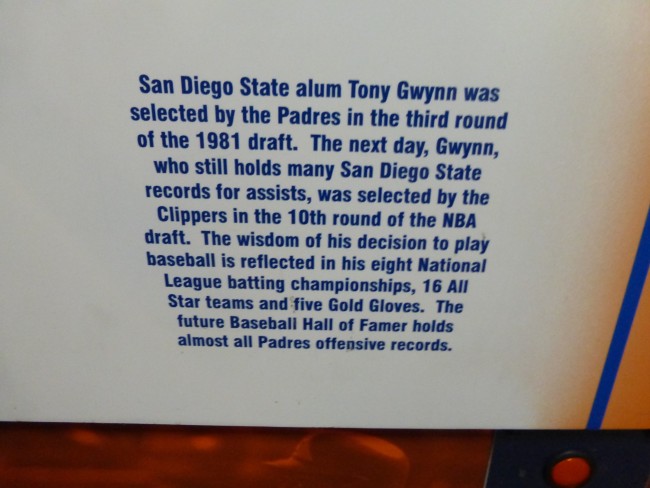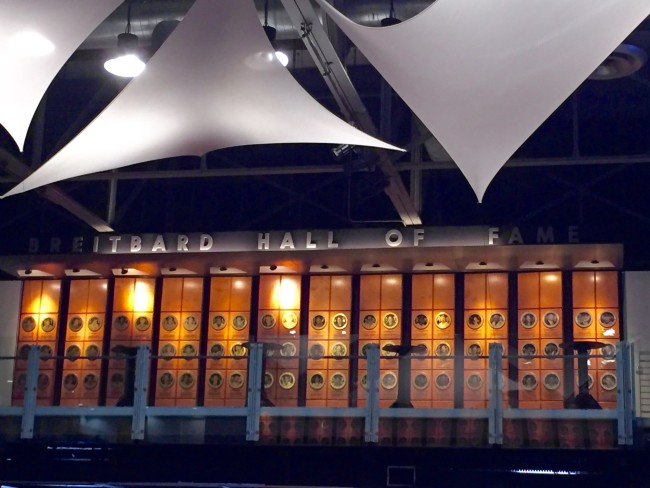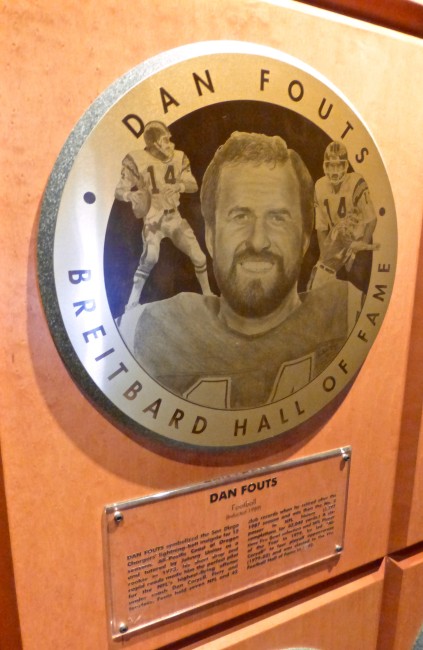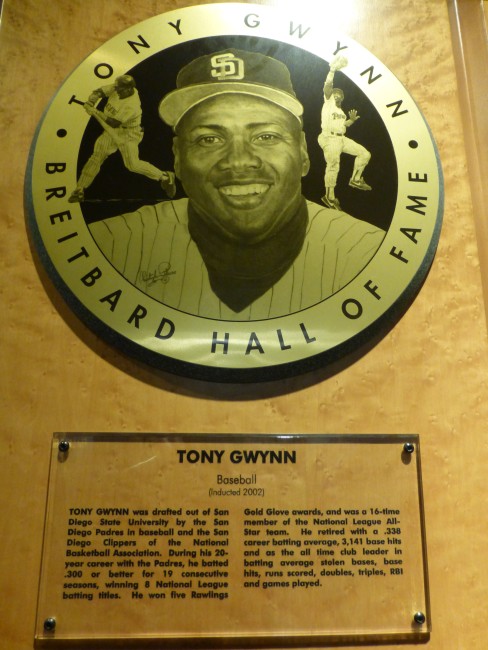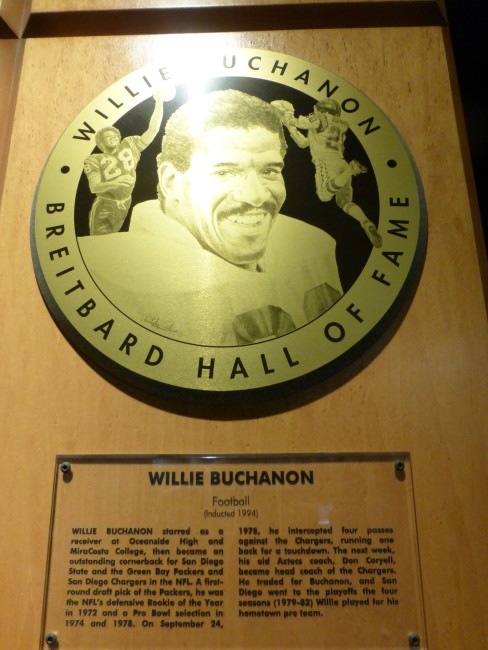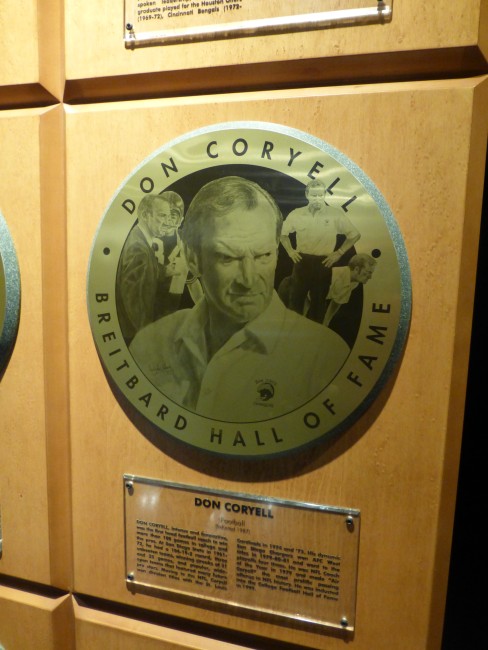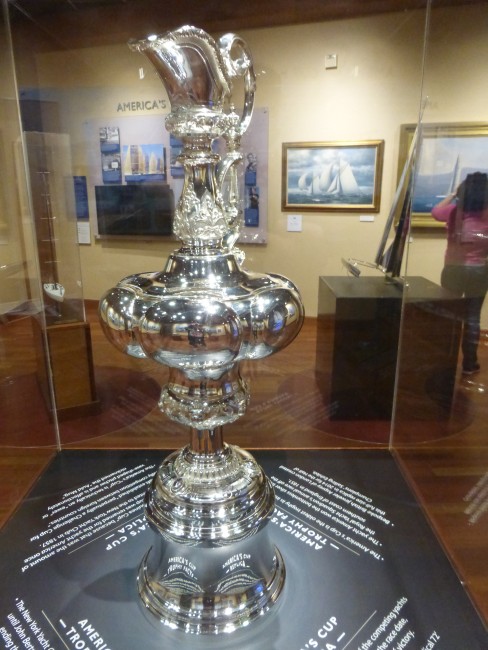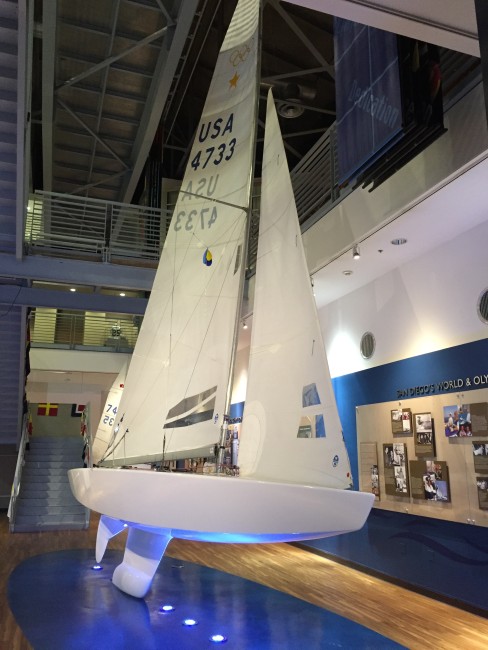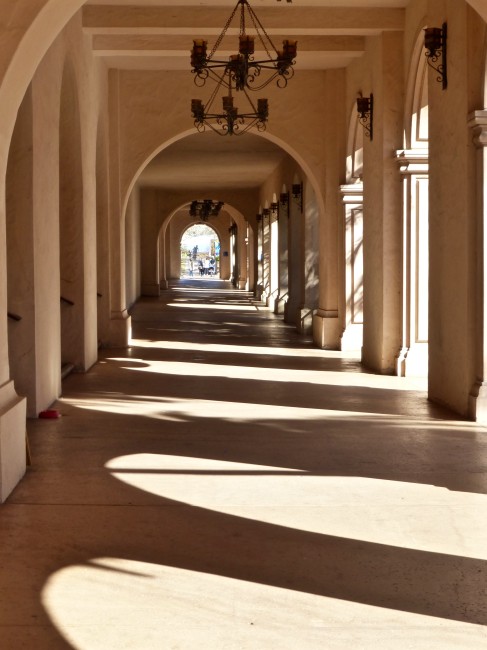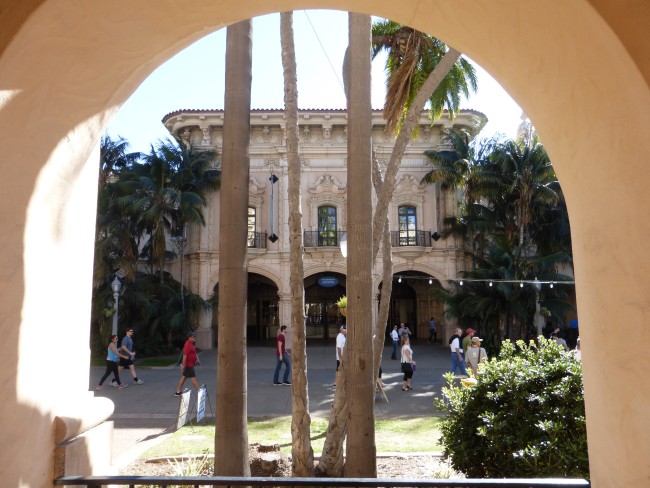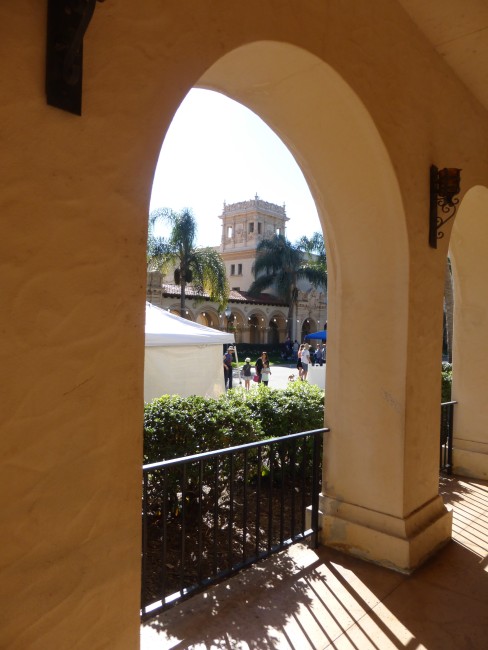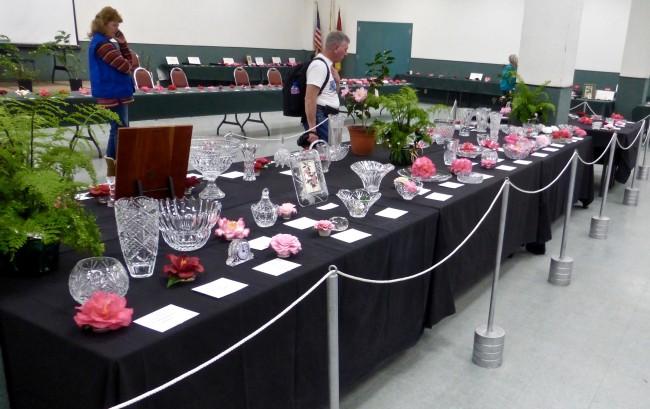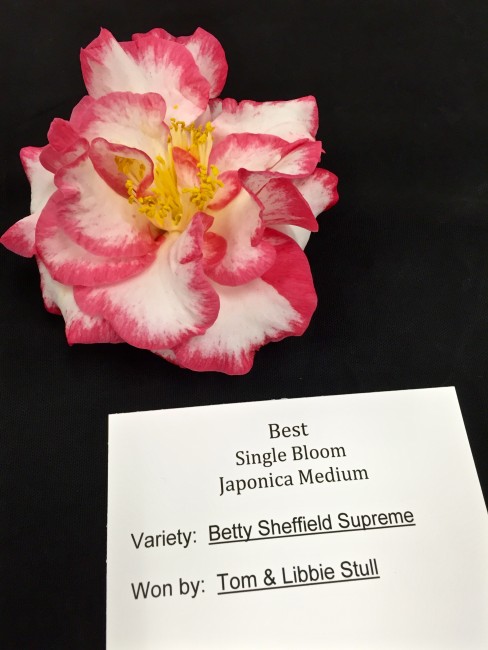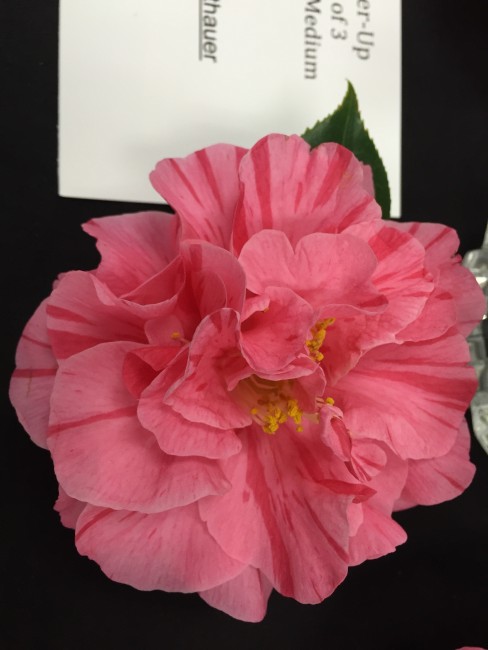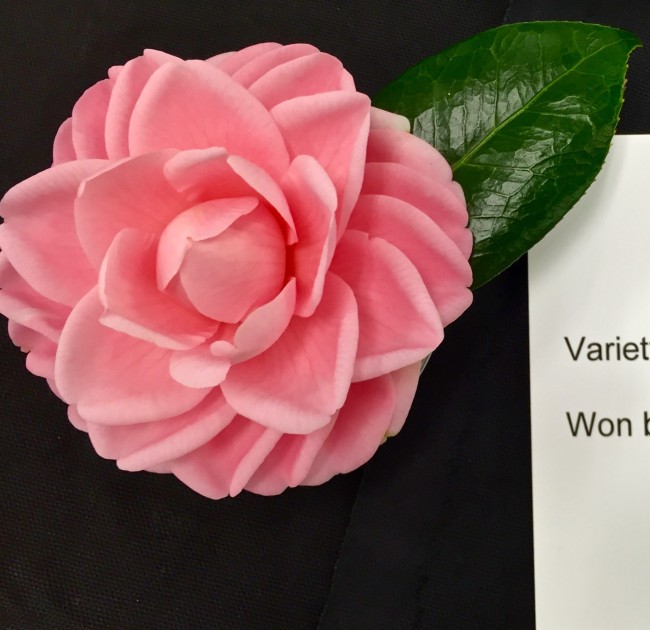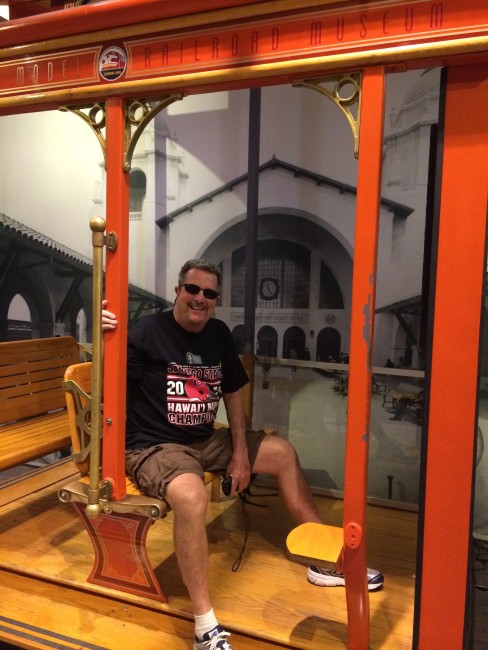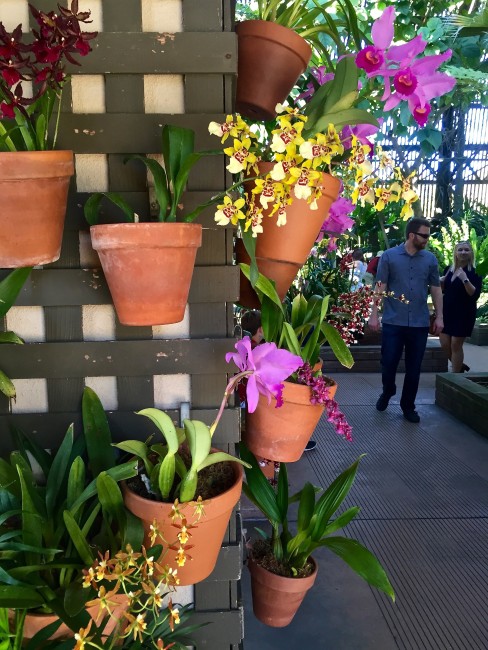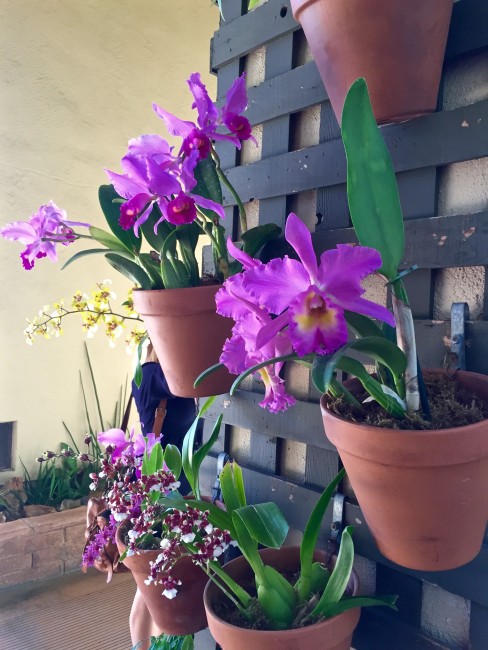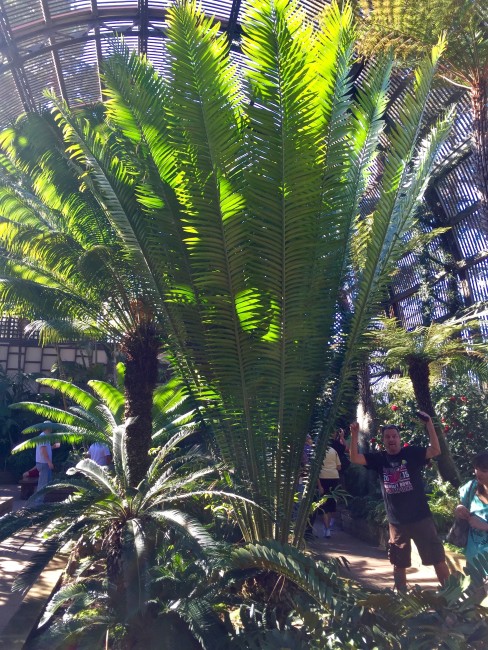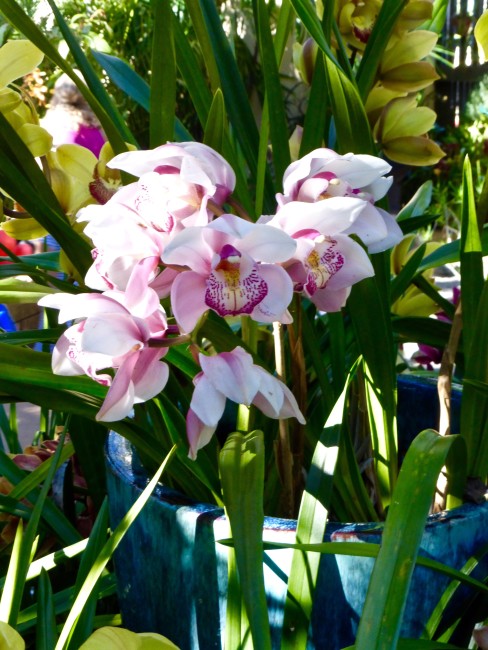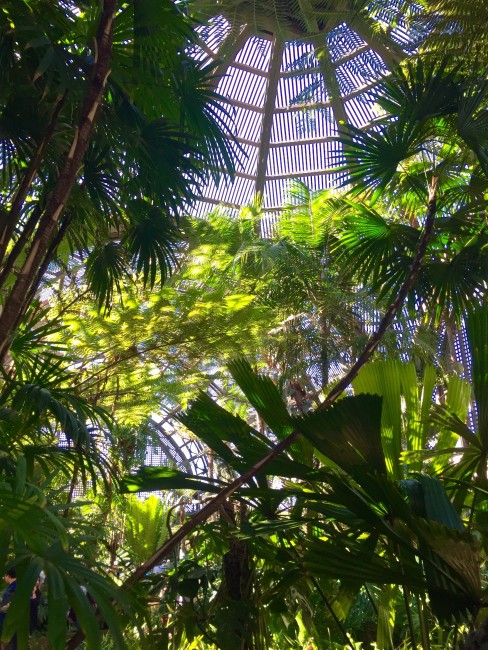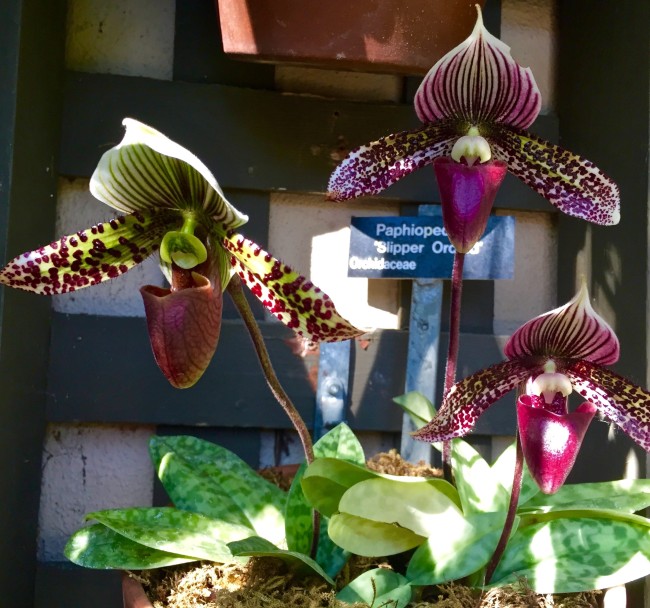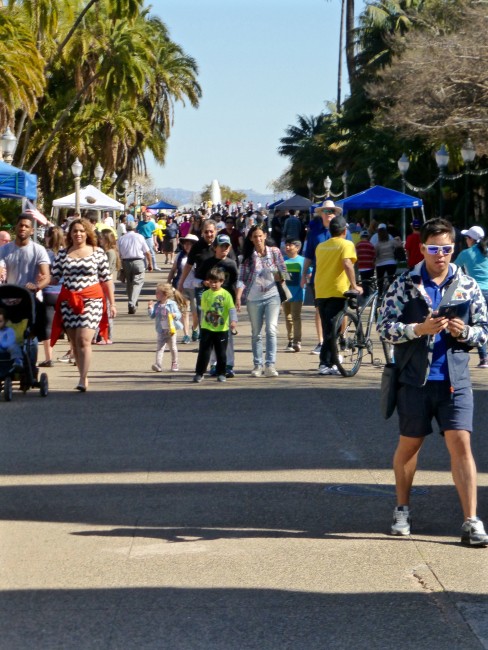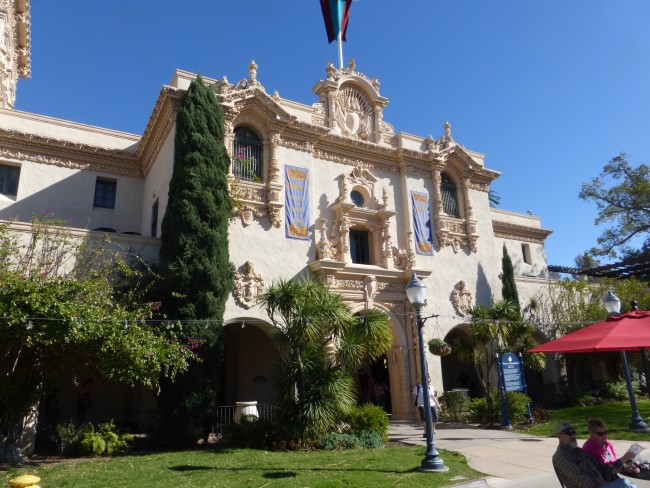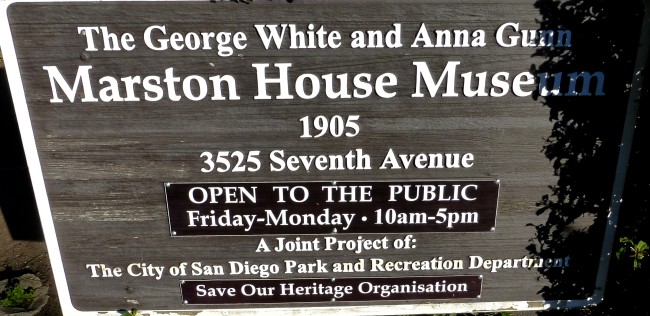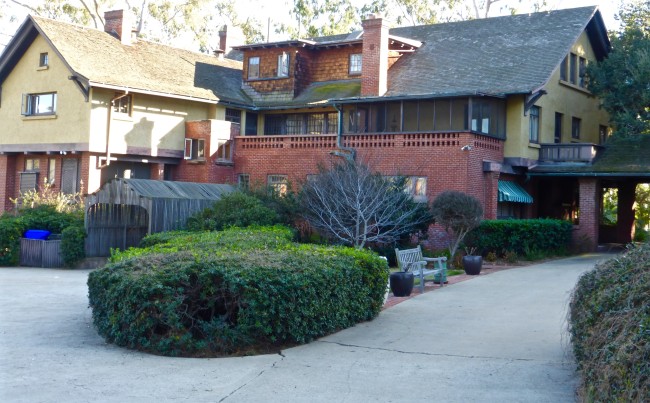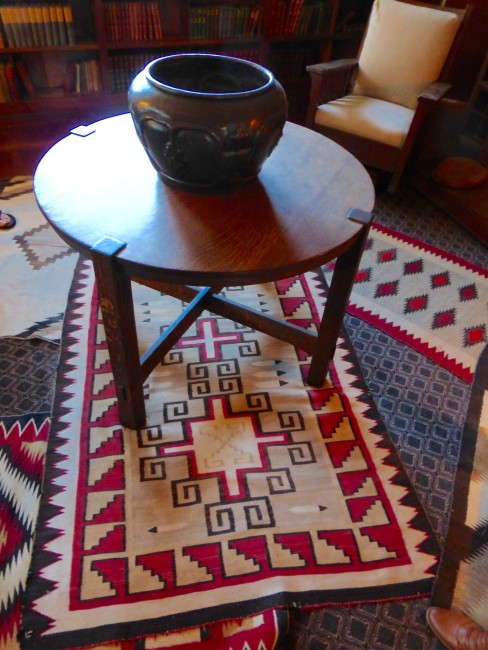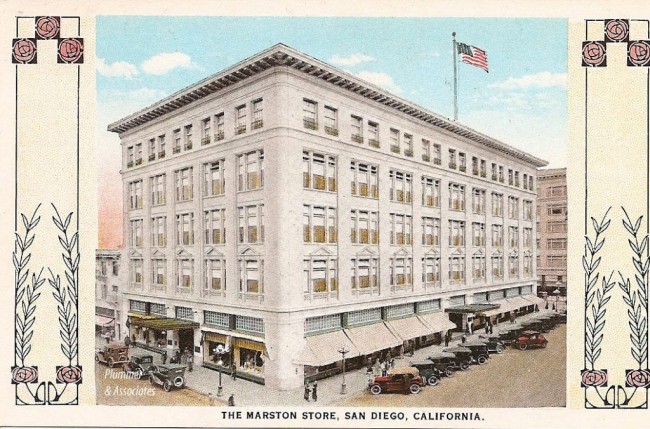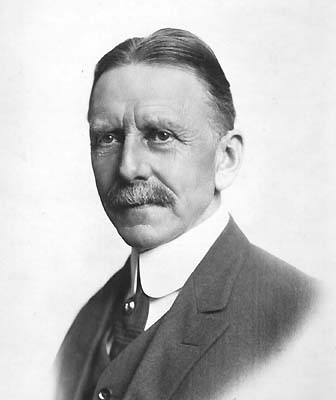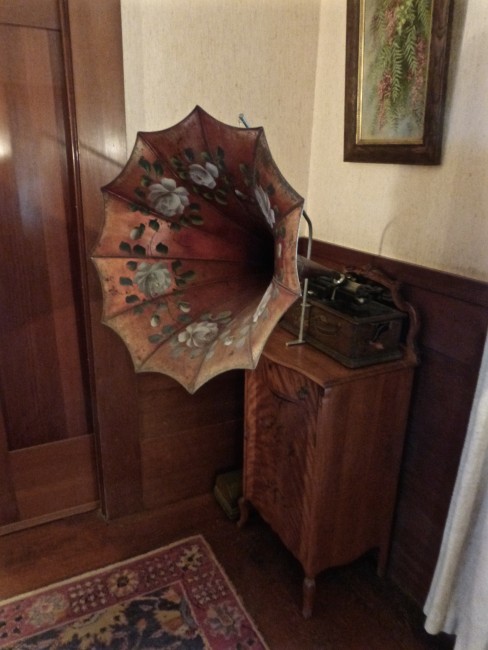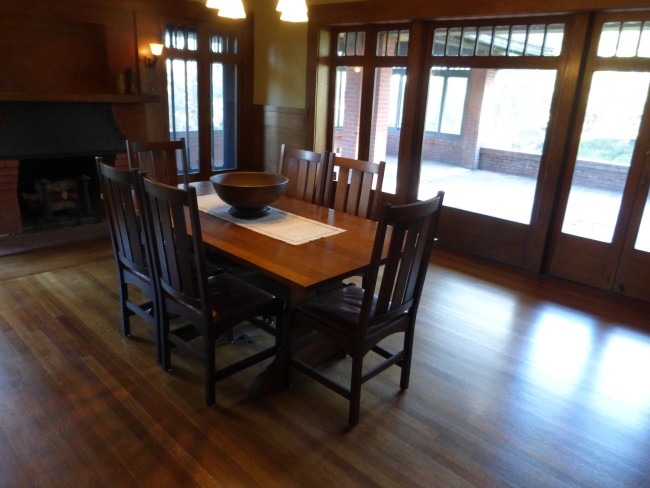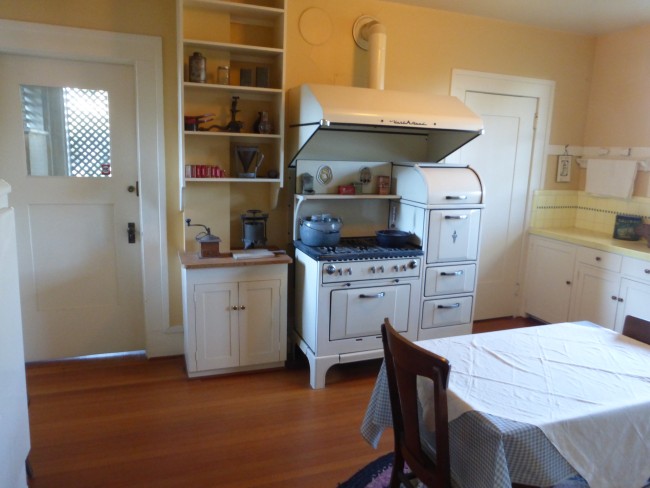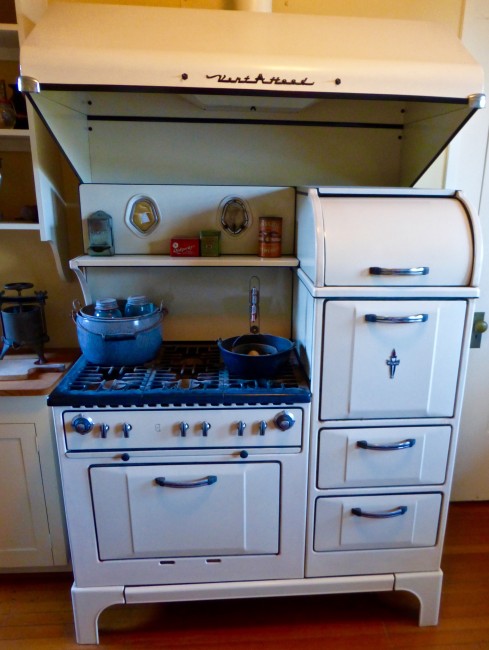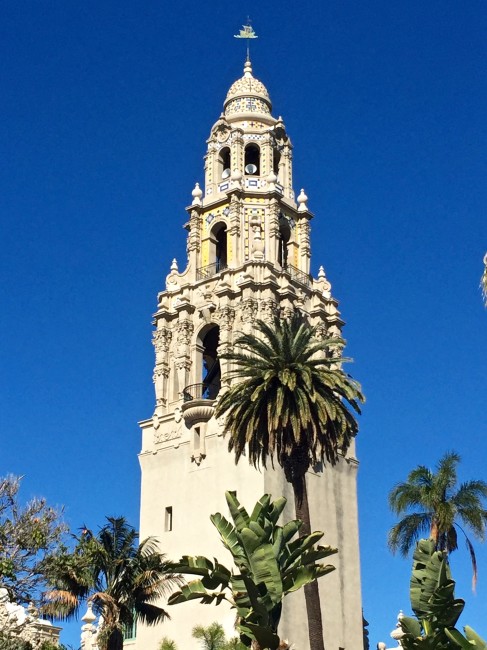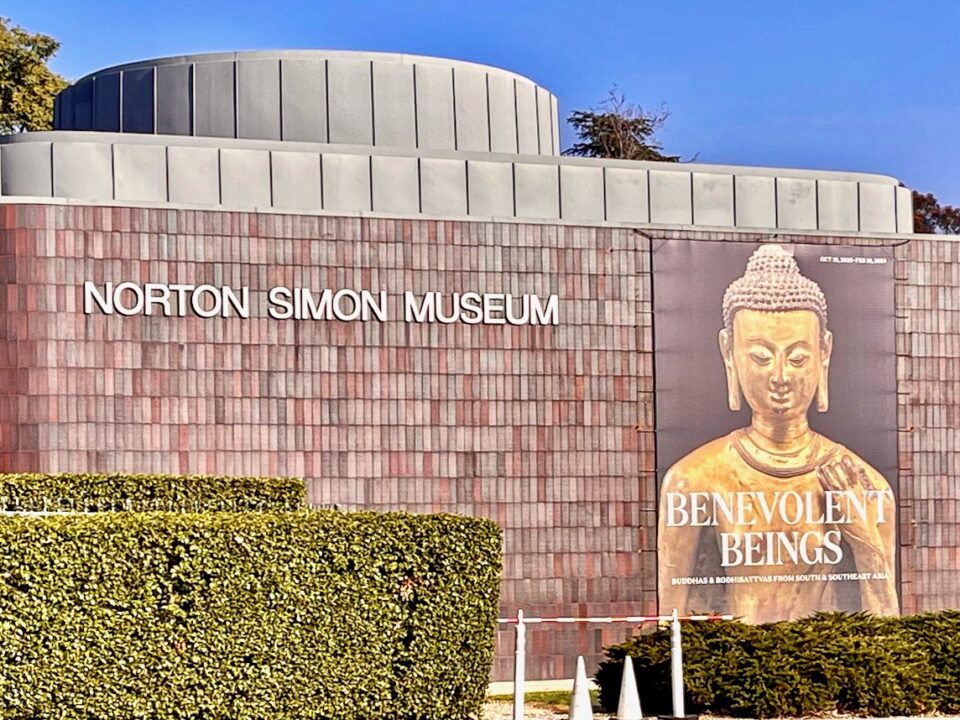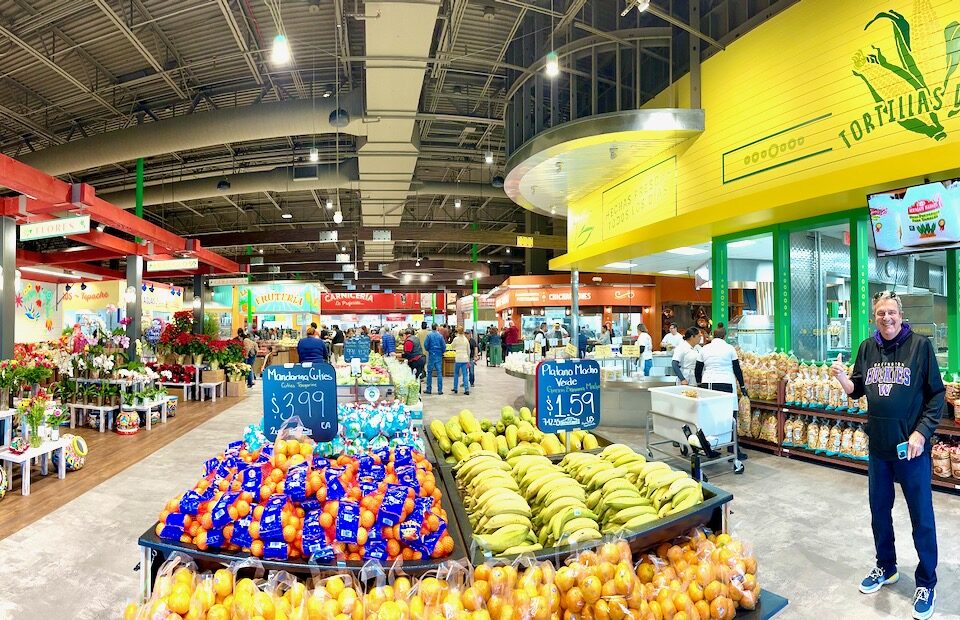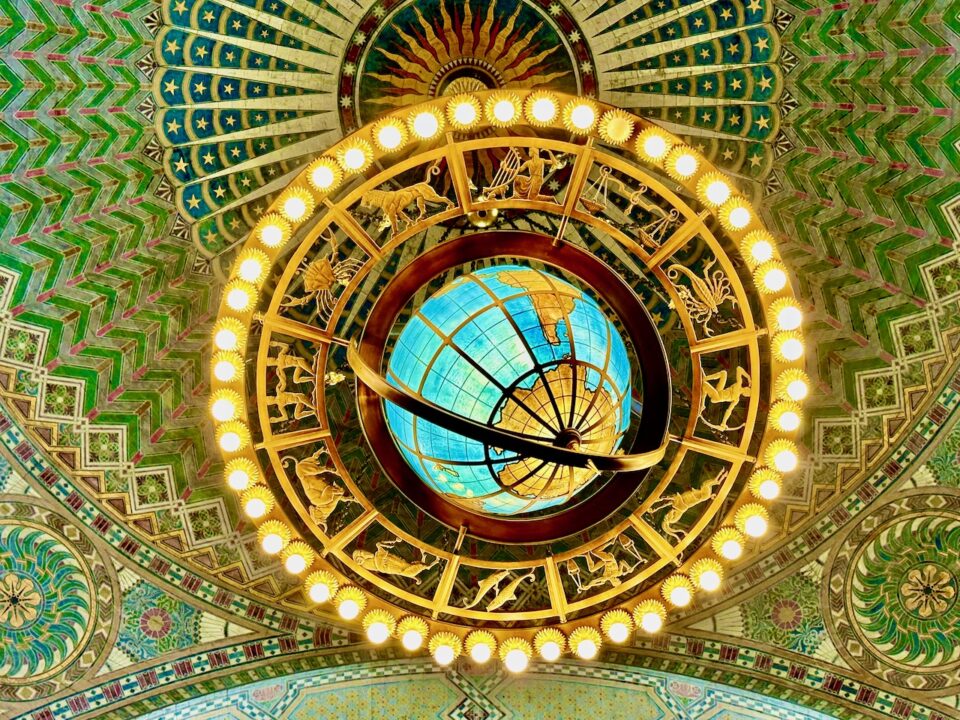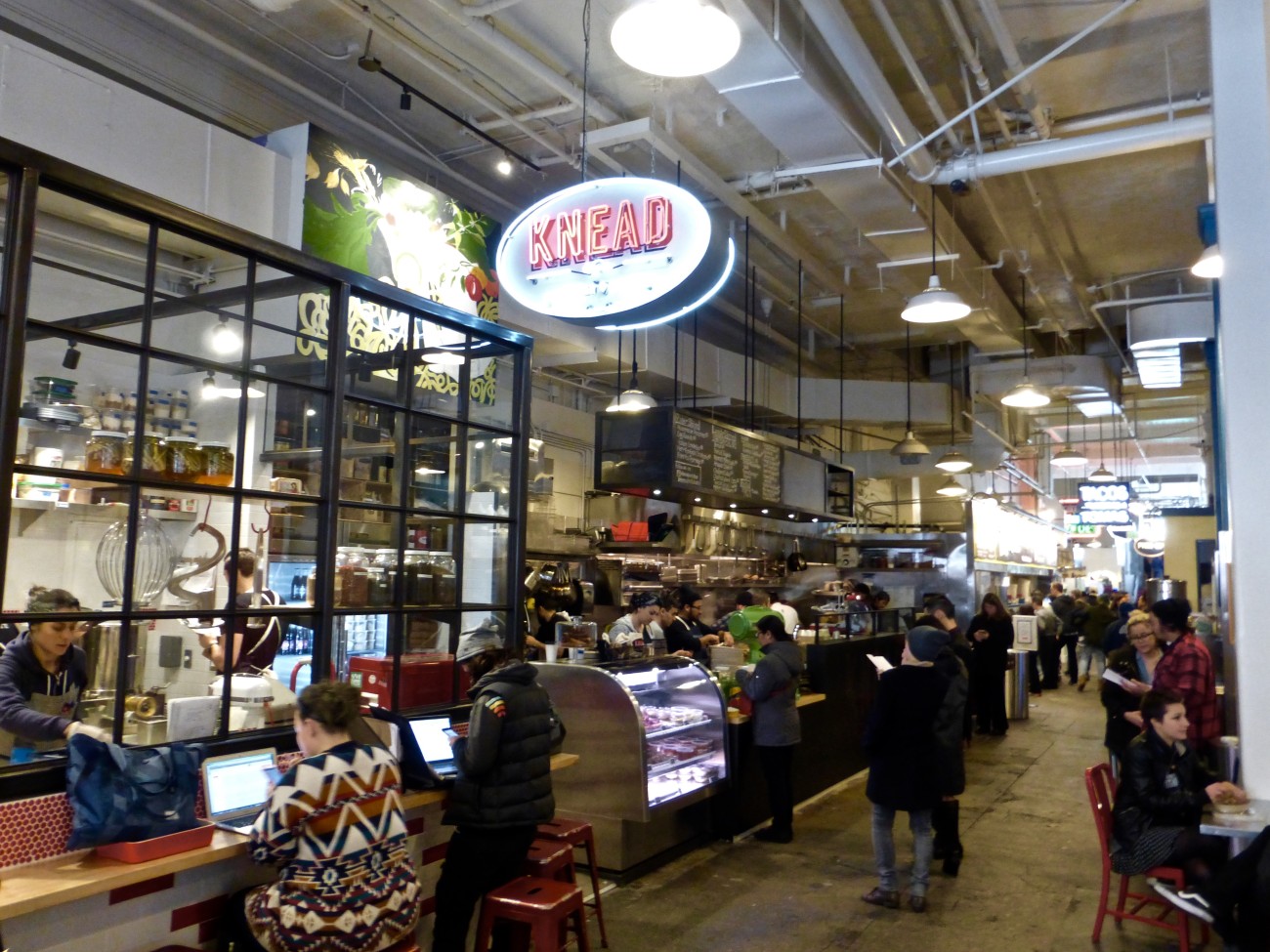
Grand Central Market – Los Angeles
February 8, 2016
St Sophia Cathedral – Los Angeles
February 24, 2016A Century Of History
Visited – February 8, 2016
Throughout 2015, Tracy and I must have said 50 times that we wanted to visit Balboa Park in San Diego because it was celebrating its 100th year. Well, we finally made it, just in time for Birthday Number 101. Although I had been to Balboa Park numerous times during my college days, it was usually just to play football (and maybe consume a cold beer or two) on one of the spacious grassy areas that surround the park. Now, I wanted to come back and see the museums and the architecture, especially since its Moorish influences were quite reminiscent of our recent trip to Spain.
The park has been around since the 1860s. Balboa Park (1,200+ acres) is larger than Central Park in NYC and Golden Gate Park in San Francisco. Originally the property was mostly desolate as there were very few trees.
It was a woman botanist, horticulturist and landscape architect by the name of Kate Sessions who would help beautify the park. In 1892, Sessions offered to plant 100 trees a year within the park (known then as City Park) as well as donate trees and shrubs around San Diego in exchange for 32 acres of land within the park boundaries to be used for her commercial nursery.
 When the ships were in the harbor, Sessions would go down and ask them to bring back seeds from trees from Australia and the Mediterranean, which she felt would do well in the San Diego climate (Cypress, Pine, Oak, Pepper, and Eucalyptus). She also went to Baja to get a palm tree not native to San Diego, and she is credited with importing and popularizing the Jacaranda. She paid her rent in trees (now that’s going out on a limb)…none of the trees in Balboa Park are native. She is now known as “The Mother Of Balboa Park,” and there’s a statue of Kate on the grounds.
When the ships were in the harbor, Sessions would go down and ask them to bring back seeds from trees from Australia and the Mediterranean, which she felt would do well in the San Diego climate (Cypress, Pine, Oak, Pepper, and Eucalyptus). She also went to Baja to get a palm tree not native to San Diego, and she is credited with importing and popularizing the Jacaranda. She paid her rent in trees (now that’s going out on a limb)…none of the trees in Balboa Park are native. She is now known as “The Mother Of Balboa Park,” and there’s a statue of Kate on the grounds.
Knowing it would be hosting the Panama-California Exposition in 1915, City Park was renamed a few years earlier to Balboa Park in honor of Spanish-born Vasco Nuñez de Balboa, the first European to spot the Pacific Ocean while exploring in Panama.
The buildings constructed for the Panama-California Exposition in 1915 were to commemorate the opening of the Panama Canal. There was also a big competition with San Francisco as to which city would host the Panama–Pacific International Exposition (aka World’s Fair), which was eventually held in San Francisco. San Francisco told San Diego not to try to compete, but little San Diego (population at the time about 40,000) persevered and eventually drew more patrons to their Exposition than one“that other fair” in San Francisco.
At midnight (in San Diego) on December 31, 1914, President Woodrow Wilson ceremoniously pushed a telegraph button in Washington, D.C. (obviously staying up late after a New Years party) to open the expo by turning on the power and lights at the park. The Panama-California Exposition lasted until January 1, 1917.
Interesting factoid #1: The expo was organized by a group of San Diego business leaders, including Ulysses S. Grant Jr.
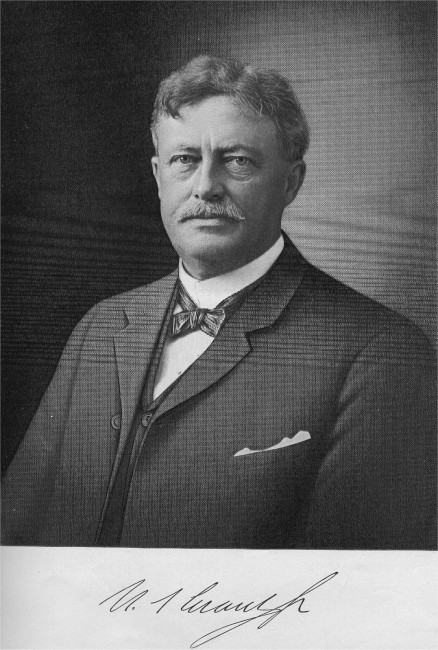 Interesting factoid #2: The Cabrillo Bridge was the first multiple arched, cantilevered bridge built in California. Franklin D. Roosevelt was the first person to cross by car.
Interesting factoid #2: The Cabrillo Bridge was the first multiple arched, cantilevered bridge built in California. Franklin D. Roosevelt was the first person to cross by car.
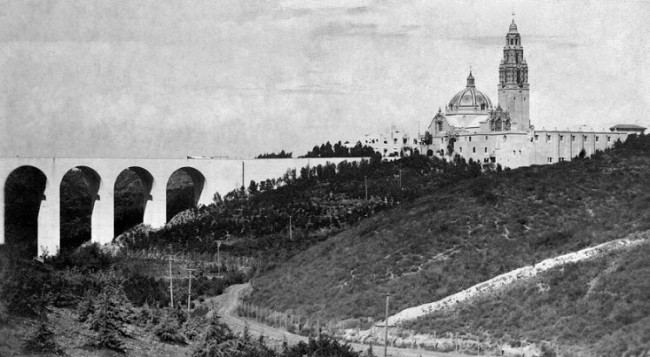 Since there are more than 15 museums and some gardens that encompass this area, we knew we’d get a small taste of Balboa Park on this day. Our friends Kim and Mary joined us for part of the morning (they would be attending a San Diego State basketball game that afternoon), and we arrived at the park shortly after 10 a.m. We parked and walked toward the California Tower, where we had 11 a.m. reservations to climb.
Since there are more than 15 museums and some gardens that encompass this area, we knew we’d get a small taste of Balboa Park on this day. Our friends Kim and Mary joined us for part of the morning (they would be attending a San Diego State basketball game that afternoon), and we arrived at the park shortly after 10 a.m. We parked and walked toward the California Tower, where we had 11 a.m. reservations to climb.
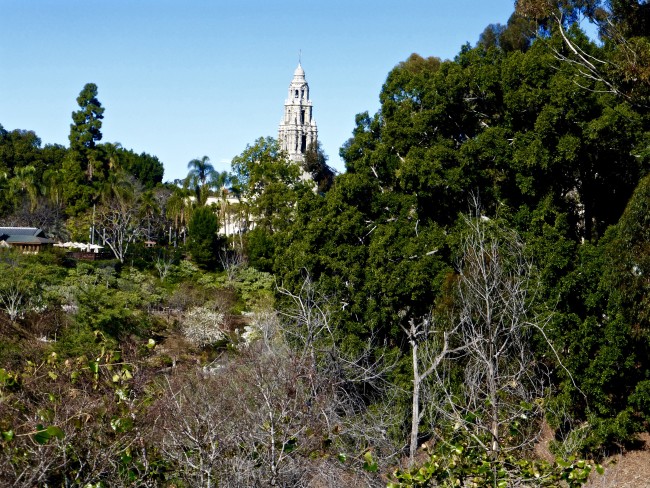 After passing a few buildings…
After passing a few buildings…
…a couple that we would come back and visit later, we happened upon a famous statue.
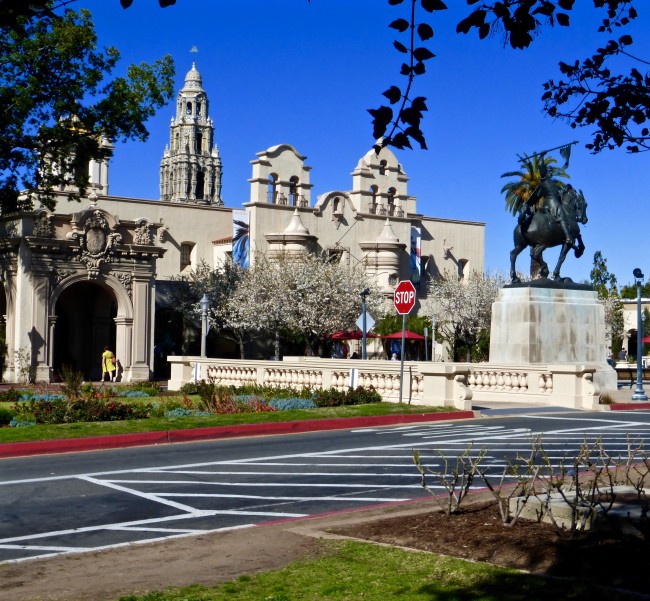 The El Cid (a legendary military hero in medieval Spain) Campeador sculpture was made by renowned New York sculptor Anna Hyatt Huntington.
The El Cid (a legendary military hero in medieval Spain) Campeador sculpture was made by renowned New York sculptor Anna Hyatt Huntington.
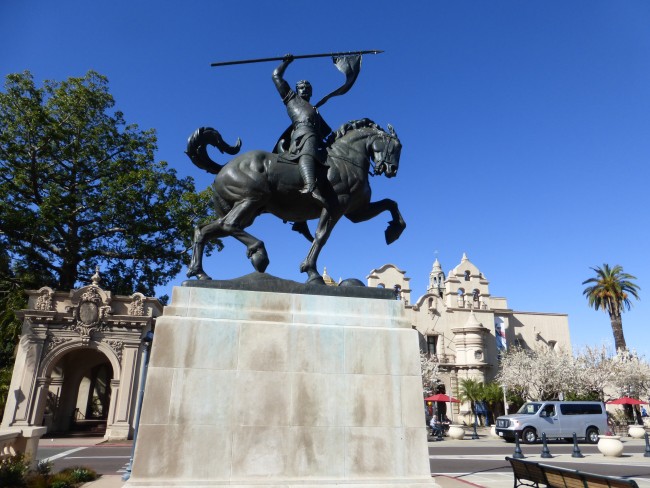 Interestingly (for us) there is a Pasadena connection…Anna was married to Archer Huntington, who is the founder of the Hispanic Society of America in New York City, where the original statue stands. Archer is the only son of Arabella Huntington, who married Henry Huntington, the founder of the Huntington Library, Art Collection & Botanical Gardens. You can find many of Anna’s statues in the outdoor gardens at the Huntington.
Interestingly (for us) there is a Pasadena connection…Anna was married to Archer Huntington, who is the founder of the Hispanic Society of America in New York City, where the original statue stands. Archer is the only son of Arabella Huntington, who married Henry Huntington, the founder of the Huntington Library, Art Collection & Botanical Gardens. You can find many of Anna’s statues in the outdoor gardens at the Huntington.
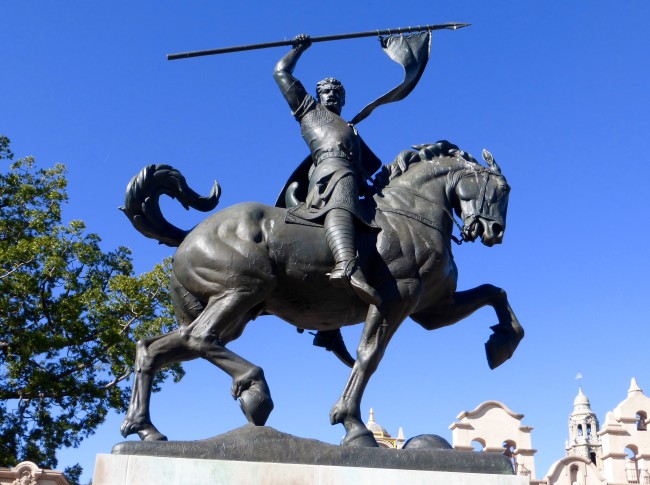 There are other copies of the El Cid statue in Sevilla, San Francisco, and Buenos Aires. The 23-foot bronze statue was dedicated in July 1930.
There are other copies of the El Cid statue in Sevilla, San Francisco, and Buenos Aires. The 23-foot bronze statue was dedicated in July 1930.
Just outside the nearby Mingei International Museum is a colorful dragon.
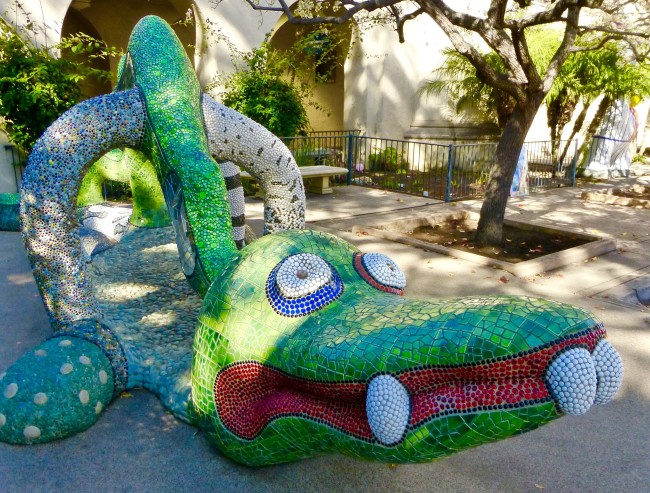 It wasn’t quite like the one at Park Güell in Barcelona, but that didn’t mean Tracy and Mary couldn’t pose for a photo.
It wasn’t quite like the one at Park Güell in Barcelona, but that didn’t mean Tracy and Mary couldn’t pose for a photo.
There was also a whimsical statue called Poet and Muse by Niki de Saint Phalle from the late 90s.
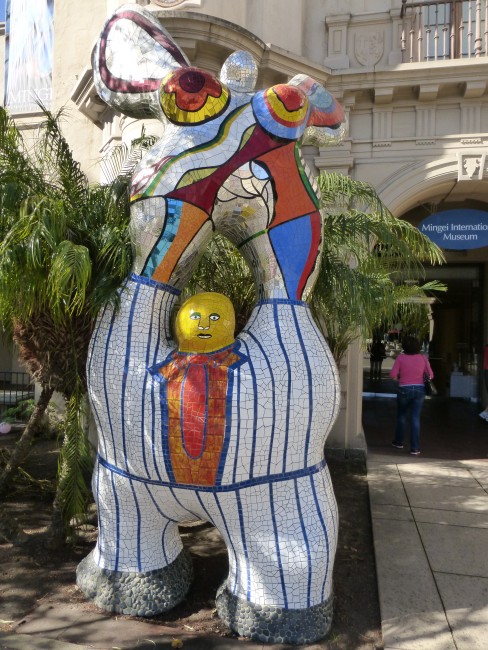 We passed by the lovely fountain…
We passed by the lovely fountain…
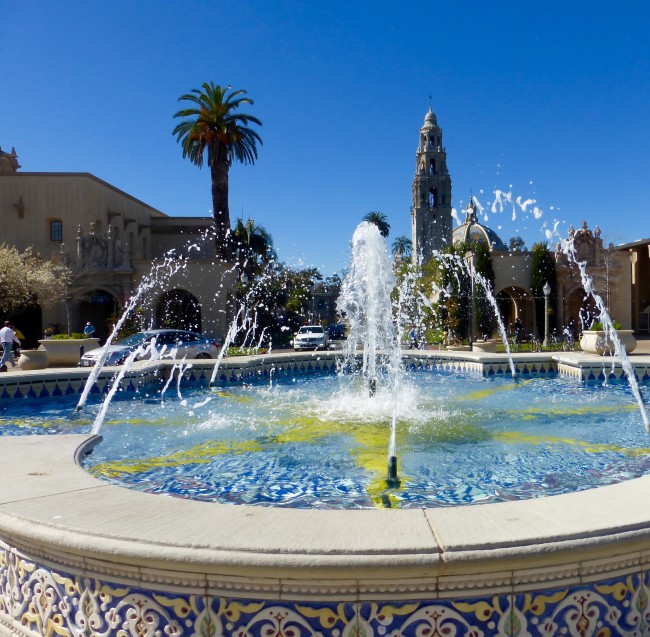 …and glimpsed from above the Japanese Friendship Garden. It will be one of the places we return to on our next visit.
…and glimpsed from above the Japanese Friendship Garden. It will be one of the places we return to on our next visit.
As it got closer to our entrance time, Kim said, “Let’s go to the Alcazar.”
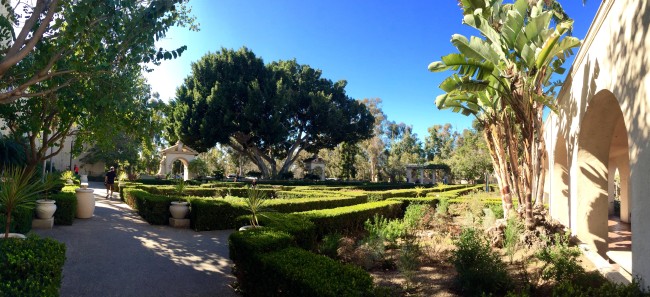 For a moment I thought he was having a Sevilla flashback, but nearby the California Tower is the Alcazar Garden, which is patterned after the gardens of Alcazar Castle in Sevilla.
For a moment I thought he was having a Sevilla flashback, but nearby the California Tower is the Alcazar Garden, which is patterned after the gardens of Alcazar Castle in Sevilla.
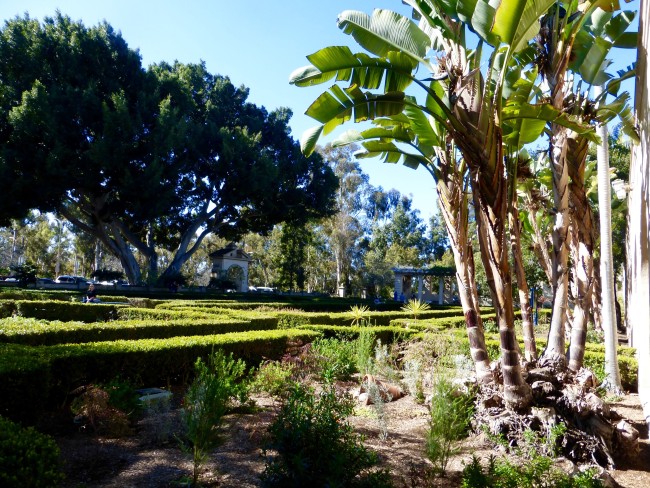 There wasn’t a lot in bloom, but it was still a nice little respite.
There wasn’t a lot in bloom, but it was still a nice little respite.
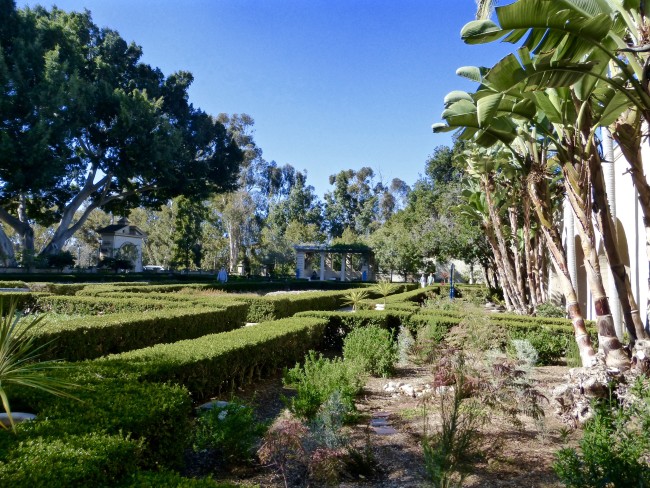 Now it was time to head to the tower.
Now it was time to head to the tower.
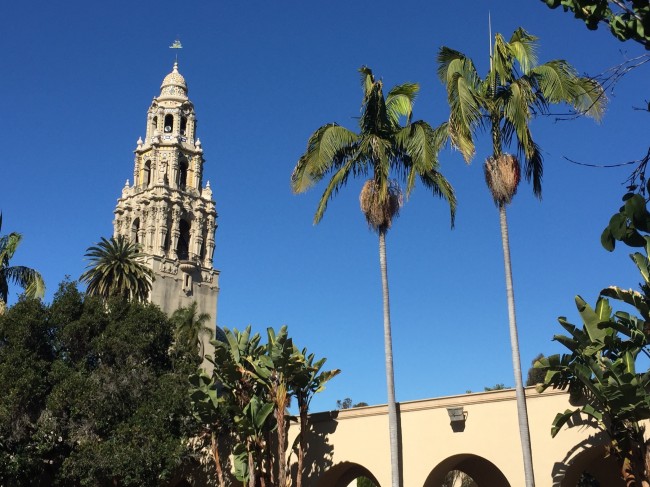 Constructed for the 1915 expo, The California Building houses the Museum Of Man. It was designed by noted architect Bertram Goodhue, who was inspired by the churches of Mexico and Spain. He studied in those countries (as well as Morocco), and was greatly influenced by the design of its buildings.
Constructed for the 1915 expo, The California Building houses the Museum Of Man. It was designed by noted architect Bertram Goodhue, who was inspired by the churches of Mexico and Spain. He studied in those countries (as well as Morocco), and was greatly influenced by the design of its buildings.
For 80 years (from 1935 until the end of 2014) the bell tower was closed, but its “hidden staircase” reopened on January 1, 2015, for guided tours. It was nearly time to climb the 125 steps (seven stories) to get some cool views of San Diego.
As we climbed (there are only 15 people allowed on each tour), our excellent guide would stop at each landing to give us some information. A carillon was installed here in 1946 as a Memorial to the Veterans of WWII.
 It is played at noon, and we were asked to write down requests and put them in the song suggestion box. Sadly, my requests for In-A-Gadda-Da-Vida and the San Diego State Fight Song went unheeded. She also told us the story of how San Diego nearly lost the Panama-California Exposition to San Francisco.
It is played at noon, and we were asked to write down requests and put them in the song suggestion box. Sadly, my requests for In-A-Gadda-Da-Vida and the San Diego State Fight Song went unheeded. She also told us the story of how San Diego nearly lost the Panama-California Exposition to San Francisco.
Up we climbed as we learned about the history of Balboa Park. Only four of the structures built for the exposition were intended to be permanent; The Tower, the Cabrillo Bridge, the Spreckels Organ Pavilion (which houses the world’s largest organ) and the Botanical Building (photo below), which was the most massive lathe structure in the world when it was constructed. The remaining buildings were supposed to be torn down.
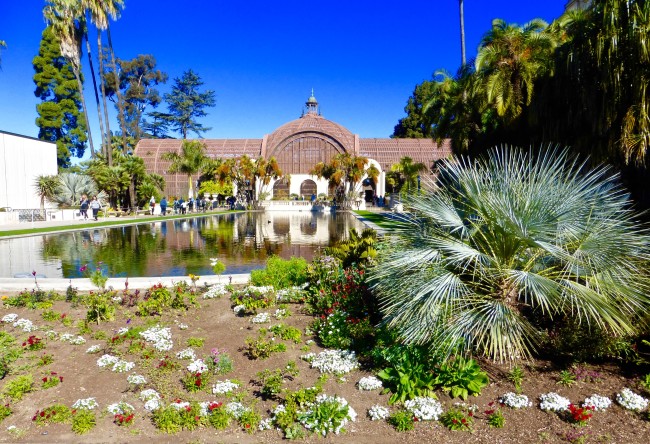 Ostriches were very popular at that time. For a nickel, you could feed an ostrich an orange. For a dime, you could ride one.
Ostriches were very popular at that time. For a nickel, you could feed an ostrich an orange. For a dime, you could ride one.
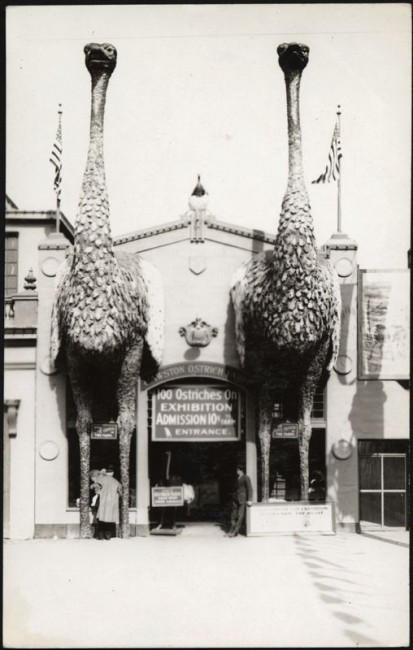 The ostriches left over from the Exhibition formed the basis of the San Diego Zoo, which will be celebrating its 100th anniversary in 2017.
The ostriches left over from the Exhibition formed the basis of the San Diego Zoo, which will be celebrating its 100th anniversary in 2017.
If you have an extra $5,000, you can sponsor one of the steps to help keep the renovation of the tower going.
The California Tower must have known my medical history because on each floor we saw a defibrillator. I wondered how much it would be for me to sponsor one.
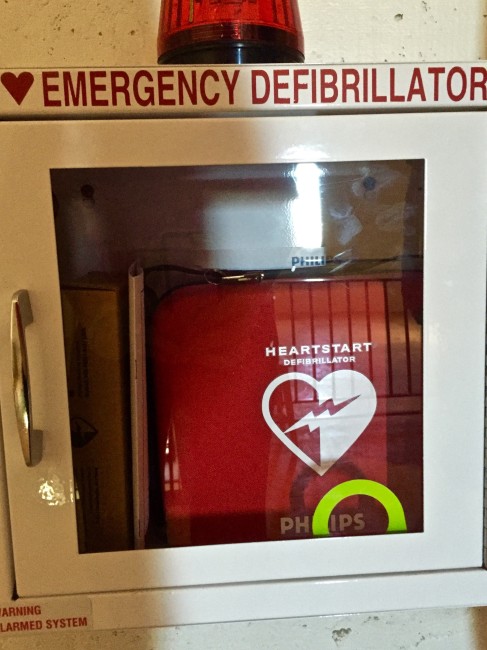 We eventually climbed the spiral staircase to our appointed floor (you can’t go all the way to the top; that part has not…and probably will not…be renovated).
We eventually climbed the spiral staircase to our appointed floor (you can’t go all the way to the top; that part has not…and probably will not…be renovated).
Not to worry, the views are spectacular.
We looked out toward the water…
…and got a close-up glimpse of the California Dome, beautiful in its blue and gold (probably designed by some UCLA fan).
The entire experience takes about 40 minutes and costs $22.50 for adults (Kim and I saved $2.50 by being more than 62 years of age…pays to be a geezer sometimes). That ticket also gets you in the Museum Of Man located downstairs.
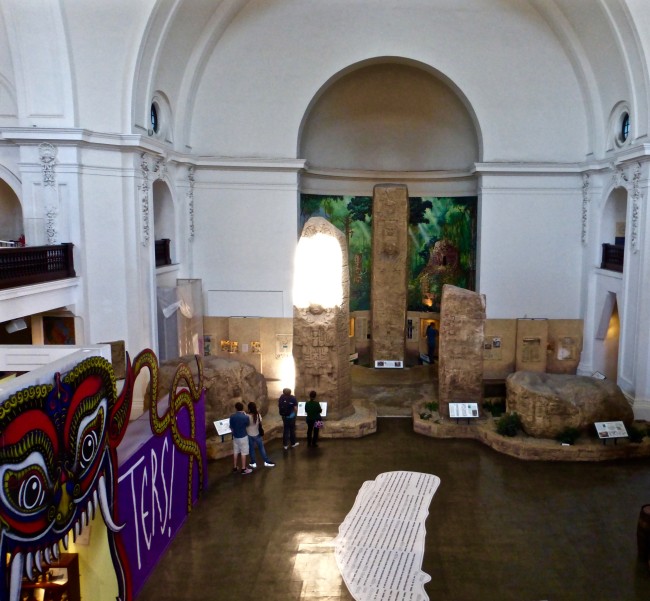 Downstairs, we hung out with some replicas of Mayan monuments (or stela). The casts were made for the 1915 Panama-California Exposition (the originals from which the casts were made are more than 1,000 years old) and have been on display since then, except during World War II, when the Navy turned the Museum into a hospital.
Downstairs, we hung out with some replicas of Mayan monuments (or stela). The casts were made for the 1915 Panama-California Exposition (the originals from which the casts were made are more than 1,000 years old) and have been on display since then, except during World War II, when the Navy turned the Museum into a hospital.
Back outside the cherry blossoms were blooming.
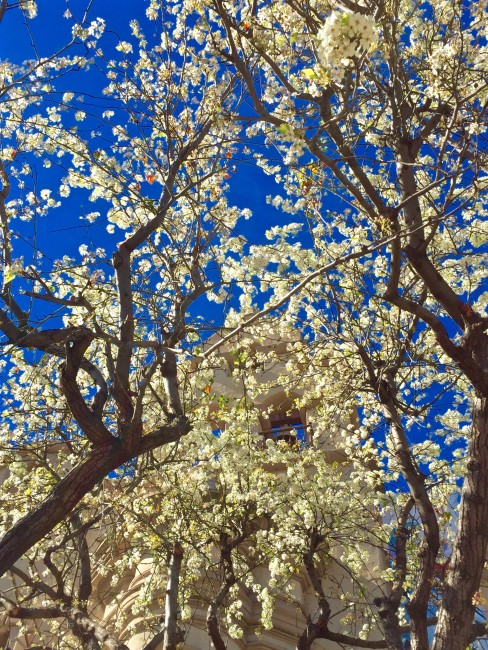 Kim and Mary showed us a place to have lunch, and then they were off to the basketball game and would pick us up later after another Aztec victory.
Kim and Mary showed us a place to have lunch, and then they were off to the basketball game and would pick us up later after another Aztec victory.
 The restaurant we chose was the Prado, but unfortunately, this Prado has no cool paintings by Jheronimus Bosch (El Bosco) like the one in Madrid. It does have a charming interior courtyard, however…
The restaurant we chose was the Prado, but unfortunately, this Prado has no cool paintings by Jheronimus Bosch (El Bosco) like the one in Madrid. It does have a charming interior courtyard, however…
…and some interesting architectural features.
Around noon, the Prado restaurant was slammed, so we decided to have some “lighter fare” in the colorful bar area.
Since it was after 12 p.m., we started with a couple of martinis… pear martini ($10.50) and orange blossom (gin and OJ, $12.95).
Our lunch consisted of delicious black bean soup for moi ($5.50)…
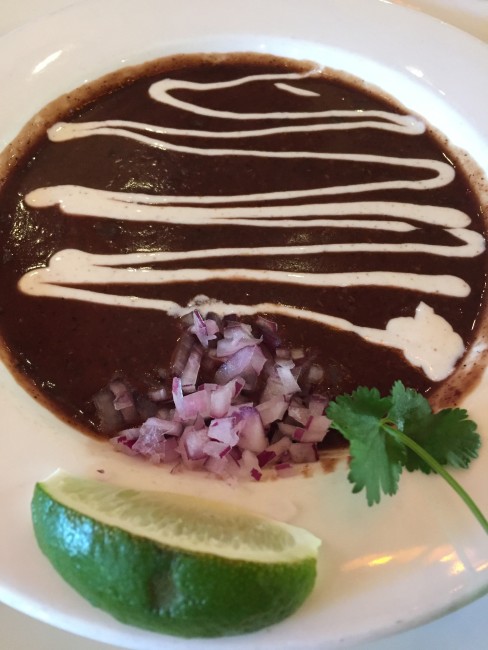 …and a little less stellar tortilla soup for Tracy ($5.50)…
…and a little less stellar tortilla soup for Tracy ($5.50)…
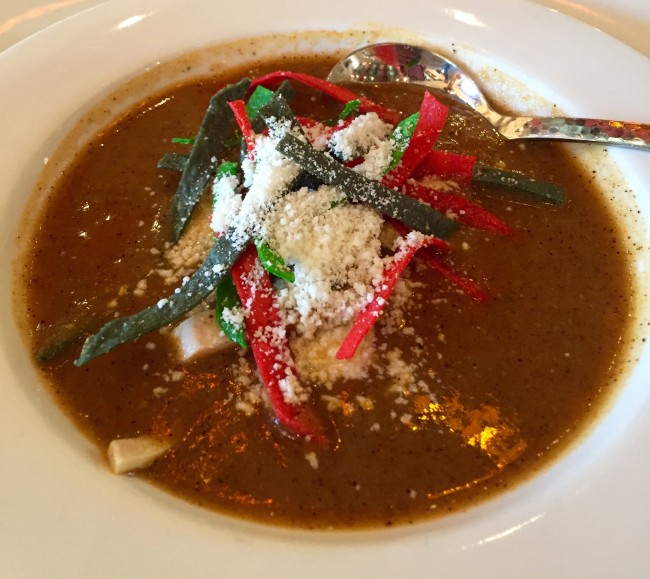 …and then we shared a very good flatbread with tandoori chicken ($12.95).
…and then we shared a very good flatbread with tandoori chicken ($12.95).
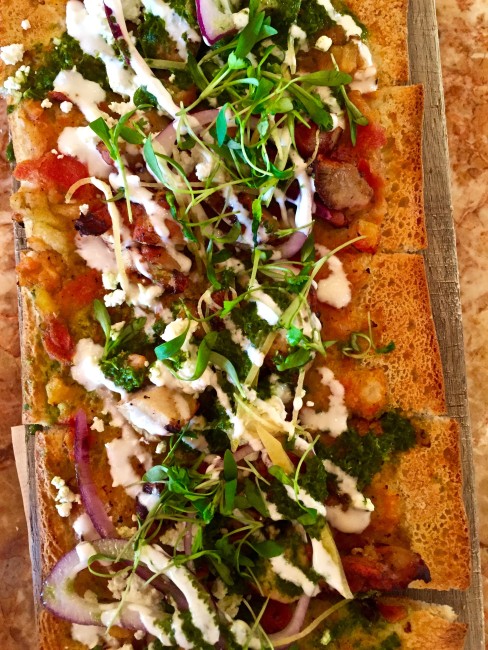 Lots of the other dishes looked good.
Lots of the other dishes looked good.
After lunch, we got a free map from the very helpful Visitor’s Center. It was a short walk from the Prado to the Timken Museum of Art (free). It’s home to the Putnam Foundation’s “world-class collection of European and American masterpieces and Russian icons.” It’s a small art museum, so it didn’t take long for us to walk around.
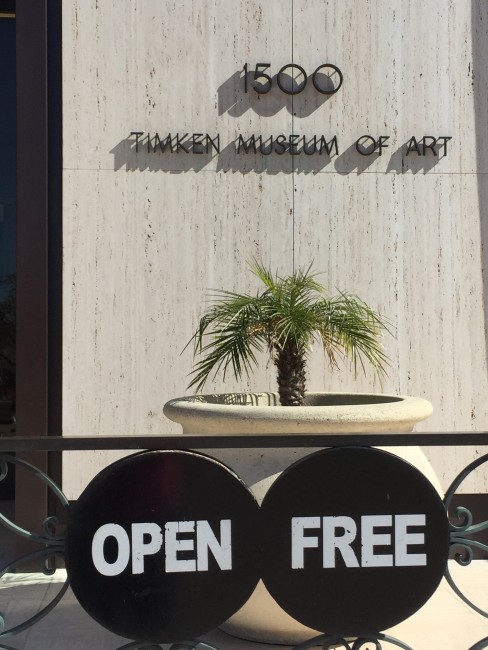
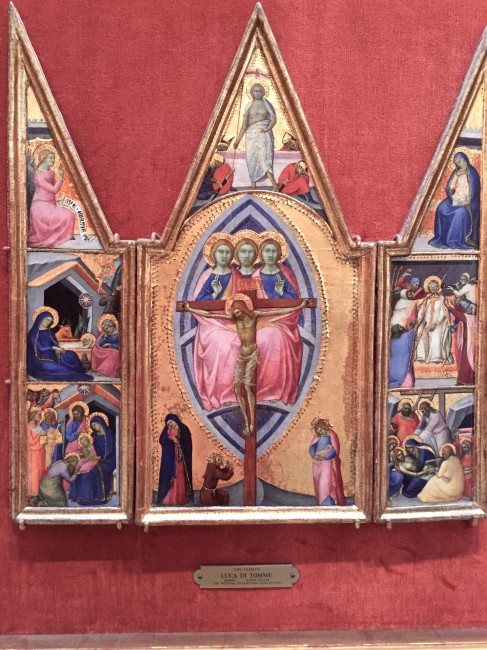
 Some of the art that stood out for us ranged from Spanish artist Francisco de Zurbarán’s Saint Francis In Meditation…
Some of the art that stood out for us ranged from Spanish artist Francisco de Zurbarán’s Saint Francis In Meditation…
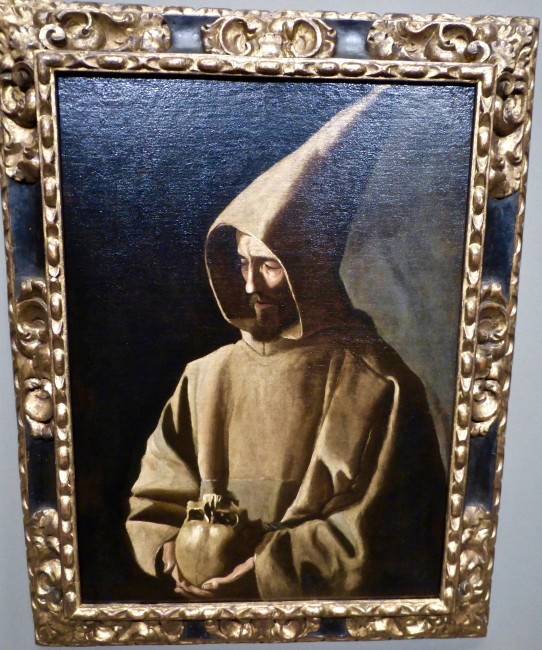 …to Death Of The Virgin by 15th-century Flemish painter Petrus Christus…
…to Death Of The Virgin by 15th-century Flemish painter Petrus Christus…
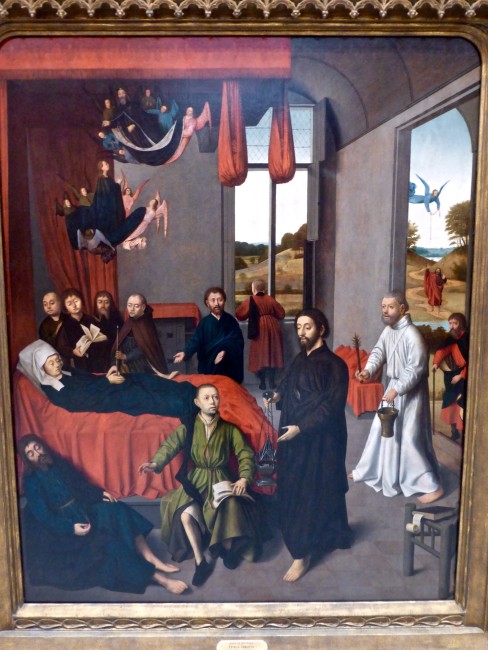 … to The Magnolia Blossom by American artist Martin Johnson Heade…
… to The Magnolia Blossom by American artist Martin Johnson Heade…
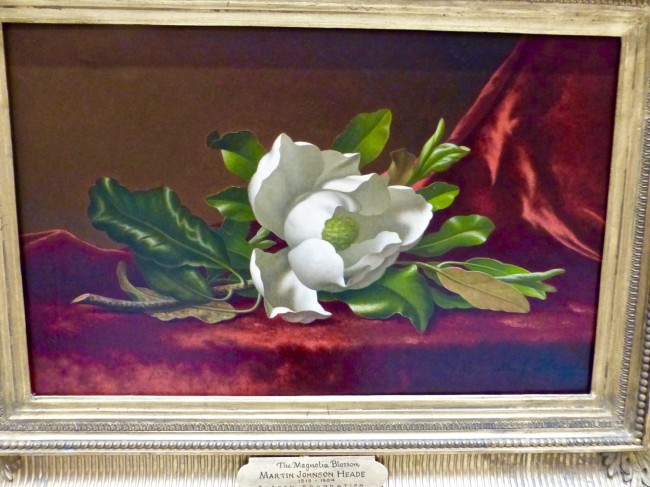 …to Lovers In The Park, an 18th-century painting by Frenchman François Boucher.
…to Lovers In The Park, an 18th-century painting by Frenchman François Boucher.
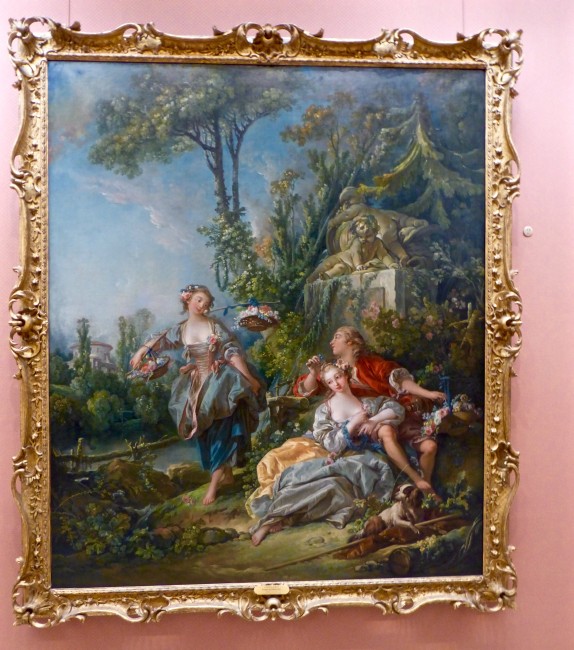 We enjoyed the colorful Russian art too, like Kazan Mother of God…
We enjoyed the colorful Russian art too, like Kazan Mother of God…
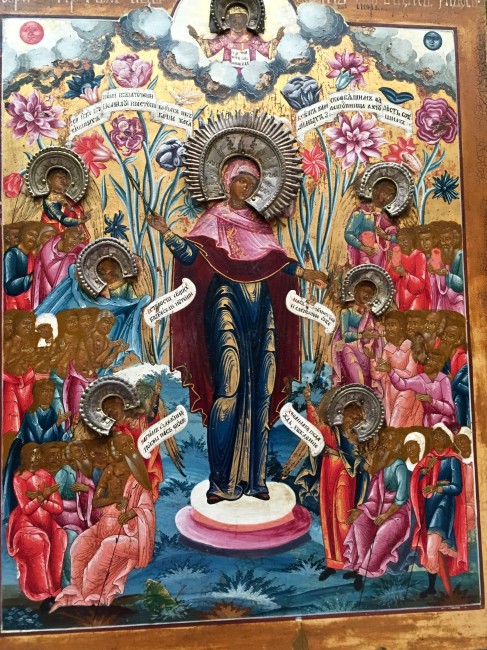 …including my main man St. Michael. He’s everywhere.
…including my main man St. Michael. He’s everywhere.
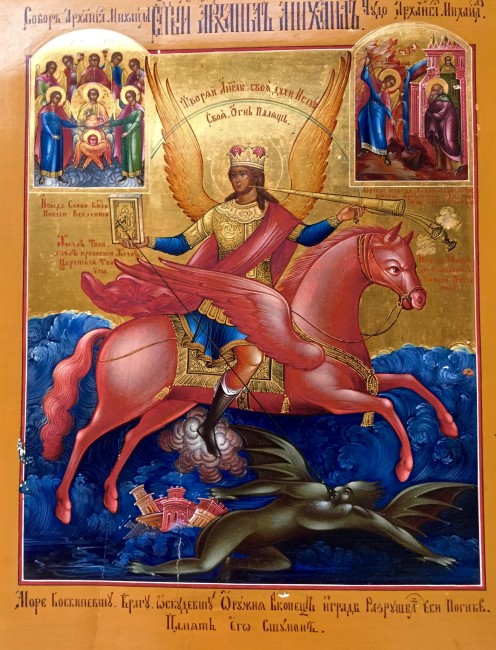 There is a Rembrandt at the Timken also, but it didn’t do anything for us.
There is a Rembrandt at the Timken also, but it didn’t do anything for us.
Back outside, we passed by the San Diego Museum Of Art, but it was time for a stroll on an unusually hot San Diego afternoon.
I wanted to find a big organ. Let me rephrase that. We looked for the Spreckels Organ Pavilion because it houses the world’s largest outdoor pipe organ. It was under wraps, however, so I had to steal this photo off the internet. Had we stayed until 2 p.m. on Sunday, we could have heard it played, but alas we moved on.
 Hey, that’s an idea for transportation around the park on our next visit!
Hey, that’s an idea for transportation around the park on our next visit!
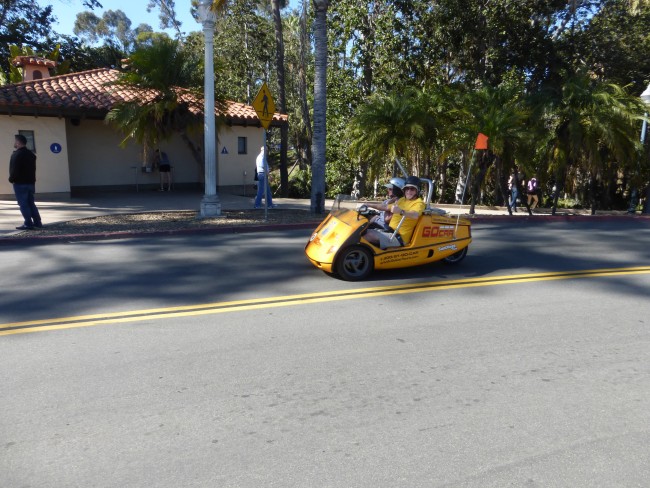 We passed the House of Pacific Relations International Cottages on the way to our next stop…
We passed the House of Pacific Relations International Cottages on the way to our next stop…
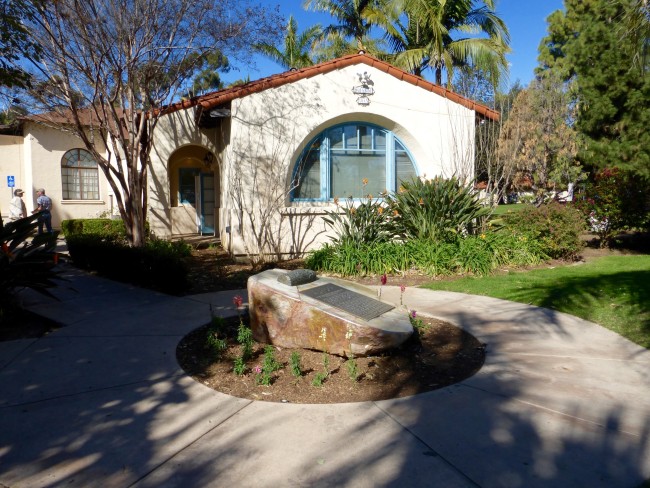 …the San Diego Hall Of Champions Sports Museum.
…the San Diego Hall Of Champions Sports Museum.
As a fan of every San Diego team, “Hall Of Champions” is sort of a misnomer, since we really never have any sports champions in San Diego (well, not counting the San Diego Sockers indoor soccer team), but we do have some great individual performers.
As we entered, I posed with one San Diego sports icon who never let us down…the Famous San Diego Chicken.
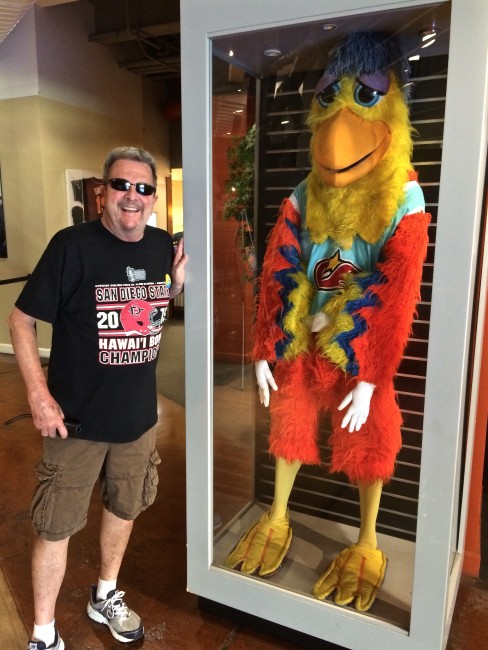 It was at this moment I realized there was nobody at the ticket desk. When in doubt, move fast, so we entered for free. I read where The San Diego Hall of Champions is the “nation’s largest multi-sport museum.”
It was at this moment I realized there was nobody at the ticket desk. When in doubt, move fast, so we entered for free. I read where The San Diego Hall of Champions is the “nation’s largest multi-sport museum.”
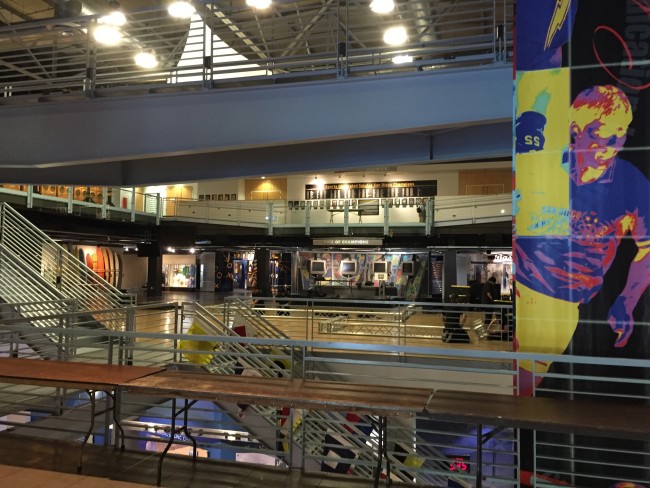 First, we saw some old jerseys from the NBA San Diego Clippers & San Diego Rockets (can’t seem to keep an NBA team in Sa Diego).
First, we saw some old jerseys from the NBA San Diego Clippers & San Diego Rockets (can’t seem to keep an NBA team in Sa Diego).
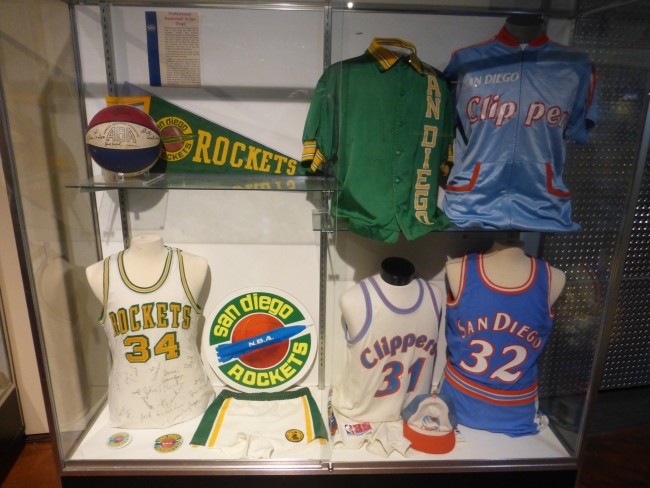 If you are a fan of the San Diego Chargers and San Diego Padres (and my condolences if you are), this is a pretty fun museum.
If you are a fan of the San Diego Chargers and San Diego Padres (and my condolences if you are), this is a pretty fun museum.
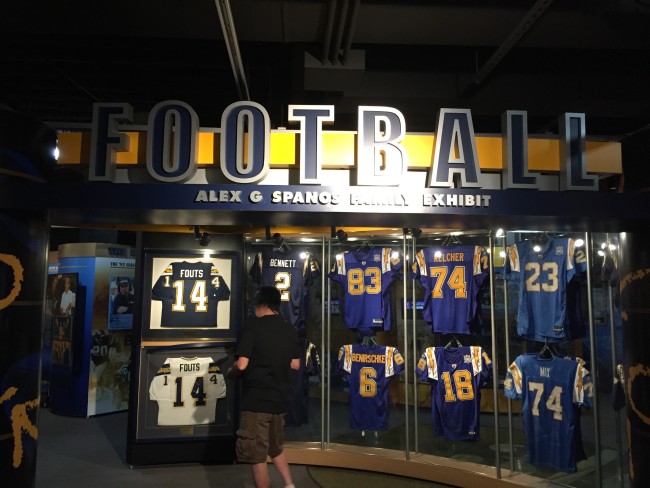 There are exhibits featuring jerseys and paraphernalia from both teams.
There are exhibits featuring jerseys and paraphernalia from both teams.
You can wade through a number of videos that I didn’t have the heart to make Tracy suffer through on this lovely afternoon.
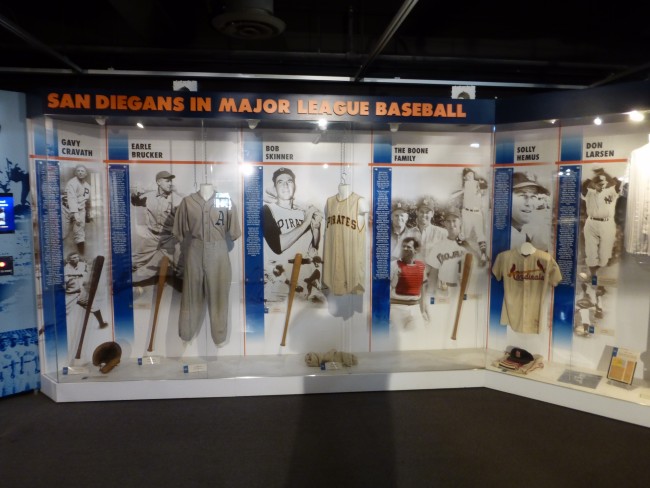 I did stop a little longer at displays for “Mr. Padre,” the late, great Aztec, Tony Gwynn…
I did stop a little longer at displays for “Mr. Padre,” the late, great Aztec, Tony Gwynn…
…and also my favorite Charger, Dan Fouts.
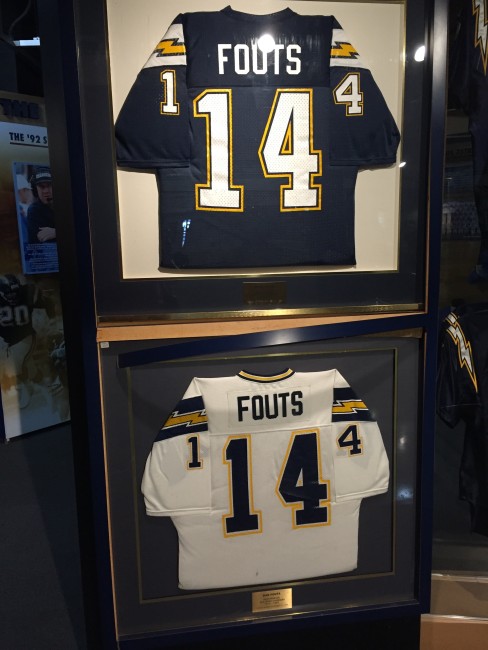 Then we headed to the Breitbard Hall of Fame, which was established in 1953 by Robert Breitbard. It honors athletes who have “excelled athletically in San Diego or who are native San Diegans.”
Then we headed to the Breitbard Hall of Fame, which was established in 1953 by Robert Breitbard. It honors athletes who have “excelled athletically in San Diego or who are native San Diegans.”
…SDSU’s legendary coach Don Coryell and great Aztec and Packer cornerback Willie Buchanon…
…and future MLB Hall of Famer, Padre closer Trevor Hoffman.
 We made a quick stop to see a replica of the America’s Cup and a sailboat on the lower floor, but yachting is not really my favorite “sport.”
We made a quick stop to see a replica of the America’s Cup and a sailboat on the lower floor, but yachting is not really my favorite “sport.”
I was disappointed they didn’t have any San Diego State paraphernalia, so I had to settle for some colorful surfboards.
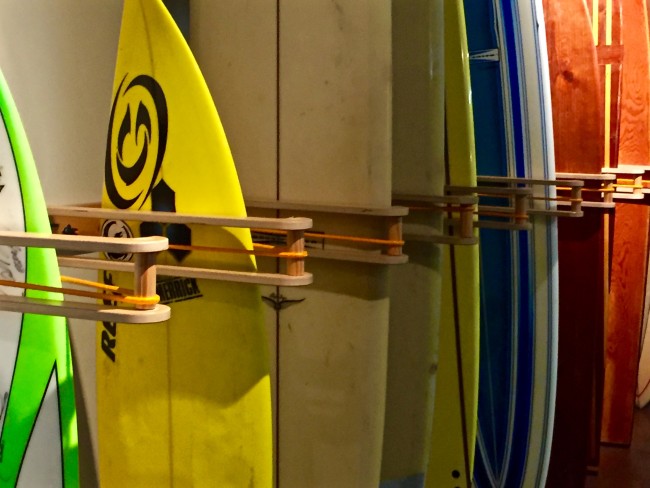 As we exited the museum, I saw quite a sight. I told Tracy, “Geez, I wasn’t dreaming, in 1984…the Padres really did win the pennant.” Sorry Cub fans (but not really).
As we exited the museum, I saw quite a sight. I told Tracy, “Geez, I wasn’t dreaming, in 1984…the Padres really did win the pennant.” Sorry Cub fans (but not really).
 We thought about going to the Air & Space Museum, but I wasn’t in the mood to fork over 20 bucks apiece on this beautiful afternoon. Amelia Earhart will have to wait. Next time we will purchase a combo ticket for all the museums (more on that later).
We thought about going to the Air & Space Museum, but I wasn’t in the mood to fork over 20 bucks apiece on this beautiful afternoon. Amelia Earhart will have to wait. Next time we will purchase a combo ticket for all the museums (more on that later).
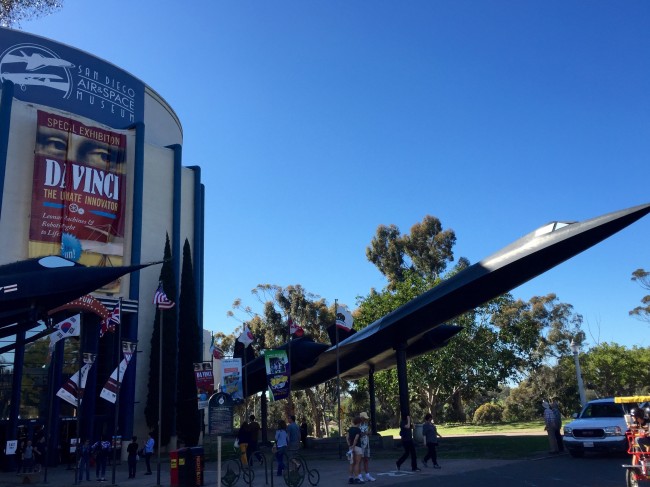 We jumped on the free trolley which took us back to the Plaza de Panama.
We jumped on the free trolley which took us back to the Plaza de Panama.
In search of a restroom, we came across a courtyard with remnants of building facades and statues. At the outdoor Panama-California Sculpture Court at Casa del Prado, we saw a small collection of rescued art. Most of these sculptures and decorative motifs are made of staff, which is gypsum plaster mixed with hide glue, reinforced with fibers. They were found in 1975 abandoned in an unused corner of the nearby Casa de Balboa. Many are remnants of the old Food and Beverage Building from Balboa Park’s 1915 Panama-California Exposition.
They included Junípero Serra, the founder of the California Missions…
 …famed 17th-century Spanish painters Velazquez, Murillo, and Zurbaran…
…famed 17th-century Spanish painters Velazquez, Murillo, and Zurbaran…
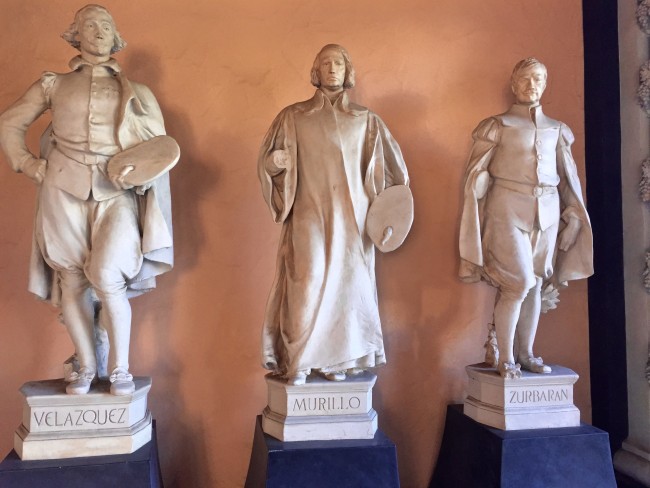 …a Spanish Conquistador vignette, dated 1914…
…a Spanish Conquistador vignette, dated 1914…
 …and this scary person with a grotesque mask.
…and this scary person with a grotesque mask.
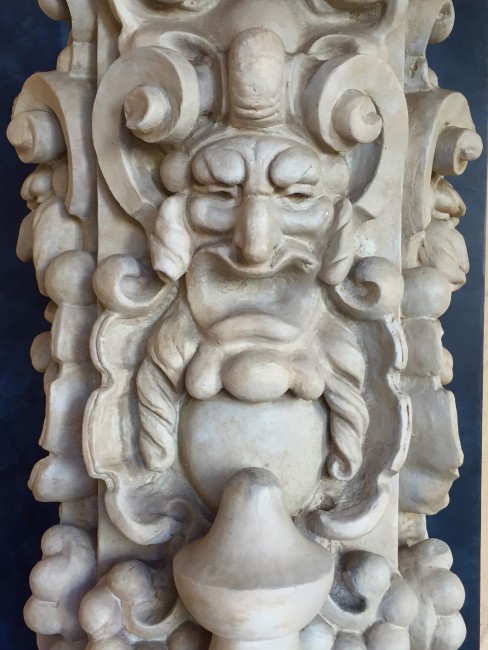 Much to Tracy’s delight, a camellia exhibition was set up nearby.
Much to Tracy’s delight, a camellia exhibition was set up nearby.
Although it was kind of a dull affair…
…we were able to get some nice camellia photos…
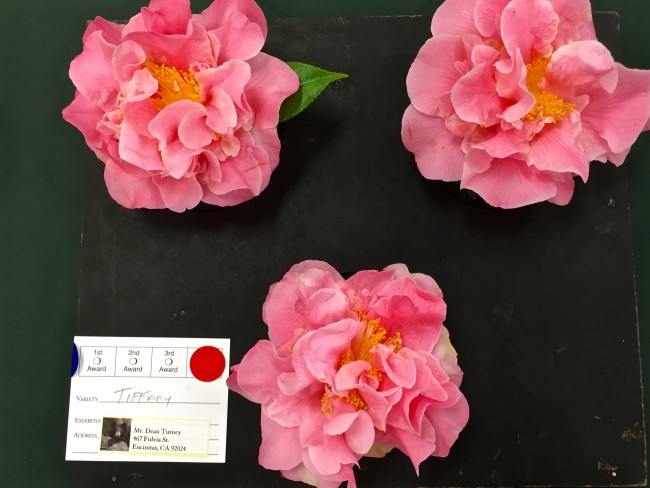 …including yellow ones, which we had never seen.
…including yellow ones, which we had never seen.
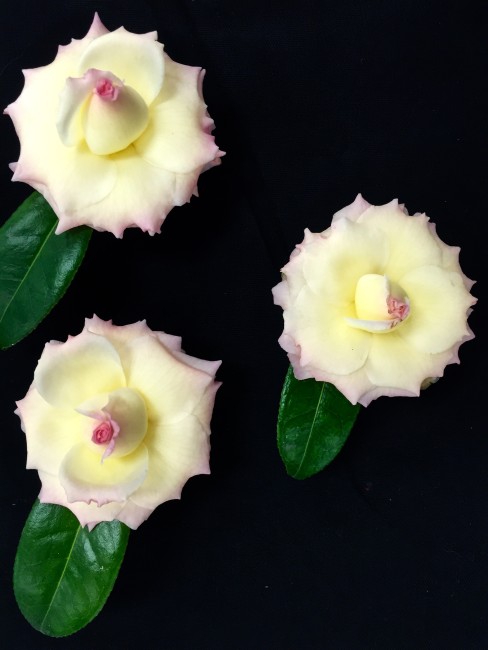 Next up we were on track to visit the Railroad Museum, but it looked like more of a kid thing (like me), so we passed and headed back outside (we’ll do it on a day pass one day).
Next up we were on track to visit the Railroad Museum, but it looked like more of a kid thing (like me), so we passed and headed back outside (we’ll do it on a day pass one day).
The Botanical Building with the lily pond and lagoon in the foreground is one of the most photographed scenes in Balboa Park, and we obliged by taking photos. It was constructed for the 1915-16 Exposition.
 The historic building still is one of the largest lathe structures in the world, and its plantings include more than 2,100 permanent plants, “featuring fascinating collections of cycads, ferns, orchids, other tropical plants, and palms.”
The historic building still is one of the largest lathe structures in the world, and its plantings include more than 2,100 permanent plants, “featuring fascinating collections of cycads, ferns, orchids, other tropical plants, and palms.”
 I was reminded of the Cordoba Patio Festival when we walked inside.
I was reminded of the Cordoba Patio Festival when we walked inside.
We spent more time…
…than I would have expected inside. Lots of photo ops, too!
It was now after 2:30, so we had to make a quick decision to go to another museum or grab a cab to a famous house on the perimeter of the park.
We knew there was a 3 p.m tour at this home, so we quickly grabbed a taxi at the queue just outside the Visitor’s Center and took it over to Marston House and Gardens ($8 cab fare). You can walk there, but it was quite a distance. Admission is $15, and. There are guided tours on the half hour.
I was worried Kim and Mary would arrive before the tour ended, but fortunately, I got a text from them that the game was headed to overtime. It was all I could do to keep checking the score during the tour.
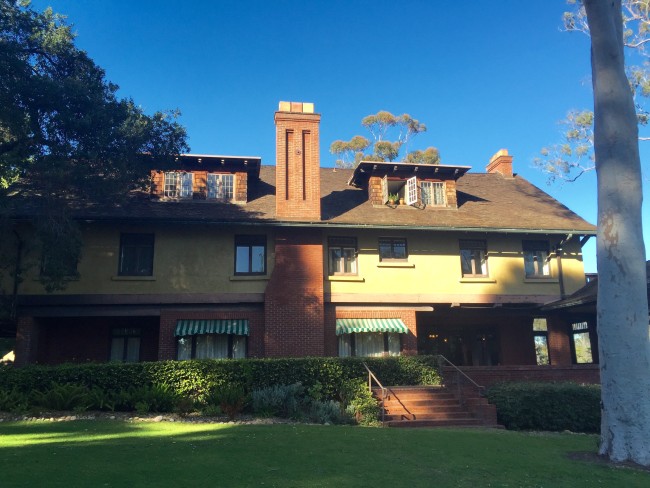 Our tour guide, Lois, was fabulous. She told us about the history of the home, the owners (George and Anna Marston) and the architect. The house was built in 1905 and was originally intended to be in the Tudor style (below photo).
Our tour guide, Lois, was fabulous. She told us about the history of the home, the owners (George and Anna Marston) and the architect. The house was built in 1905 and was originally intended to be in the Tudor style (below photo).
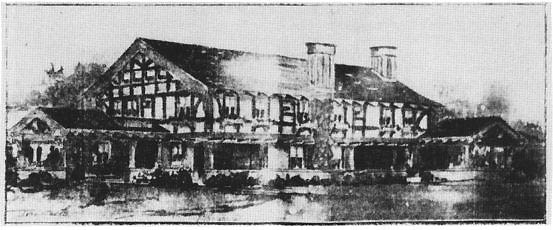 In fact, under the stucco are the original timbers from the Tudor style. However, during the construction, the architect traveled back East and was very much enthralled with the “new” arts and craft movement. When he returned, he convinced the Marstons that arts and crafts were the way to go with their home, and the half-timbers were stuccoed over.
In fact, under the stucco are the original timbers from the Tudor style. However, during the construction, the architect traveled back East and was very much enthralled with the “new” arts and craft movement. When he returned, he convinced the Marstons that arts and crafts were the way to go with their home, and the half-timbers were stuccoed over.
George Marston was a very hardworking guy. His first job upon arriving with his father from Wisconsin was a “feather duster.” Marston dusted people off who were arriving on stagecoaches. Eventually, he started Marston’s Department Store, which was in business until 1961 when it was purchased by the Broadway Department store chain.
He also ran for mayor of San Diego…twice. He argued for better city planning with more open space and grand boulevards, while his opponent in the second election, Louis Wilde, argued for more business development. Wilde called his opponent “Geranium George,” saying that Marston was unfriendly to business.
As we toured the house from the music room to the dining room to the kitchen and upstairs bedrooms, we heard more history about the family.
The Marstons had five children. Their oldest, Mary, never married and lived in the home her entire life. When she was in her early 90s, she was concerned with all the construction in San Diego and approached the City of San Diego about preserving her home. She proposed giving the house and land to the City of San Diego in return for their promise to never tear it down and let her live in it until she died. Little did the city know that Mary had some damn good genes (George lived to be 95). Mary died at the age of 108! The city did not receive the house until 1987.
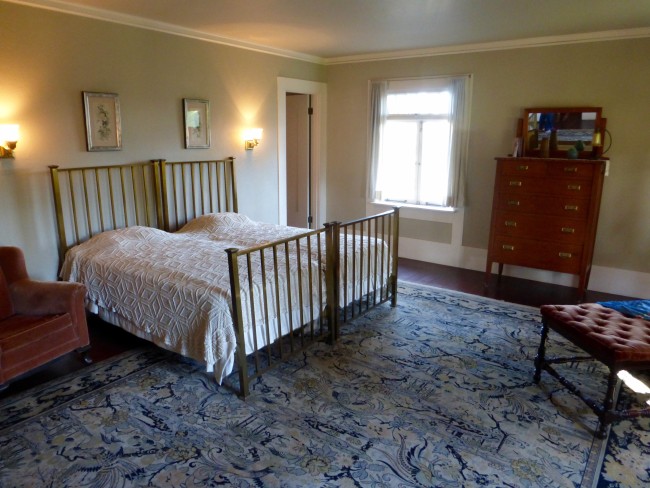
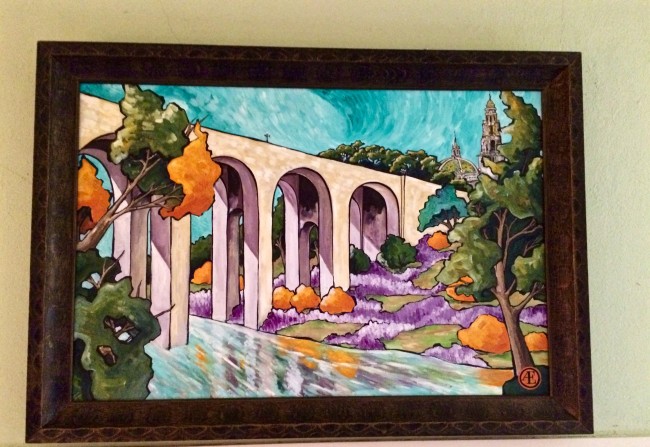
Once the tour ended, we walked around the exterior…
 …found out that San Diego State had won in overtime…
…found out that San Diego State had won in overtime…
 …and soon Kim and Mary’s Aztec Uber service picked us up.
…and soon Kim and Mary’s Aztec Uber service picked us up.
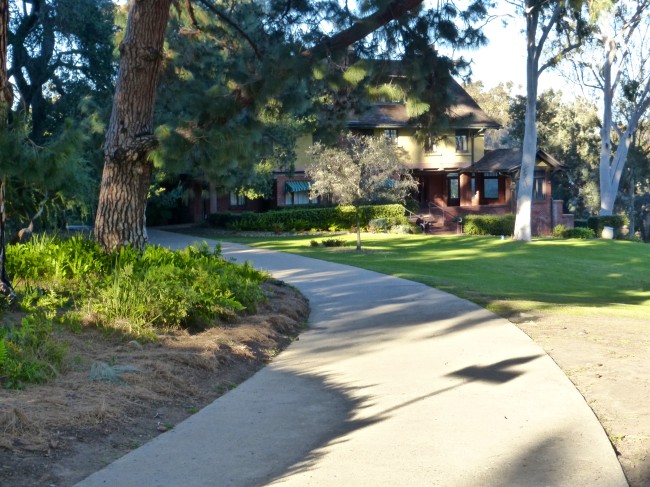 Of course, one day at Balboa Park doesn’t even scratch the surface of places one can visit at this fascinating venue.
Of course, one day at Balboa Park doesn’t even scratch the surface of places one can visit at this fascinating venue.
We’d like to return and walk through the Japanese Garden, visit the Art Museum, Air & Space Museum, the Natural History Museum and hear that darned organ we didn’t get to see.
Back in the late 70s, I did visit the Ruben H. Fleet Science Center for a Laserium performance, however about all I remember is some Emerson, Lake and Palmer music along with beautiful stars. I might have been slightly over-herbed that evening.
The park sells combo passes for the museums, which we will use on our next trip. In addition, a yearly pass is available (buy online), which would be great if you’re a local.
Whether a kid or adult, there are a million things to do at Balboa Park. Put it on your list when you visit “America’s Finest City!”
Balboa Park
San Diego, California
(for all park information, prices, hours, etc.; check out the website below)
balboapark.org

